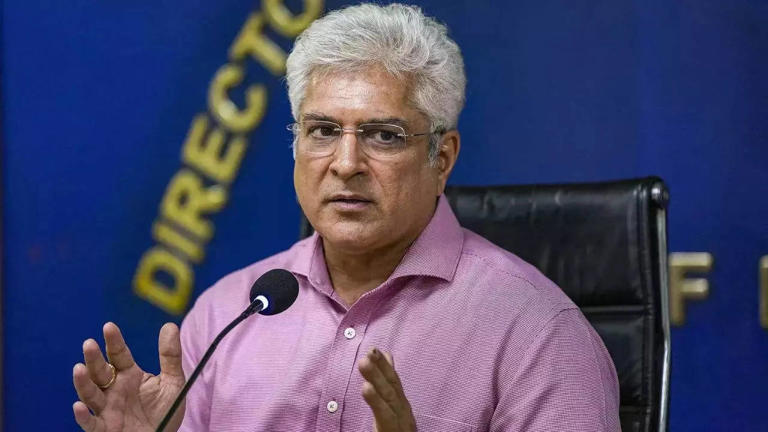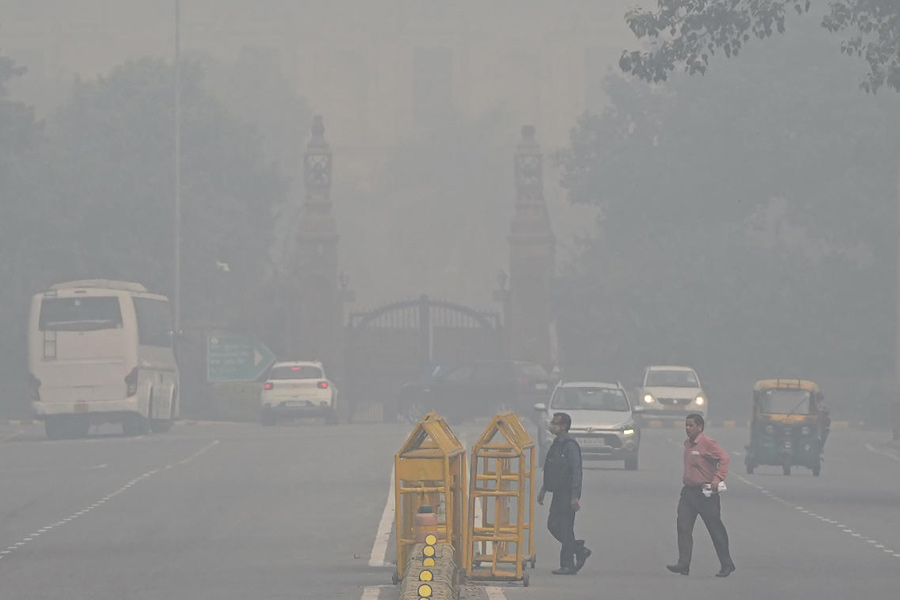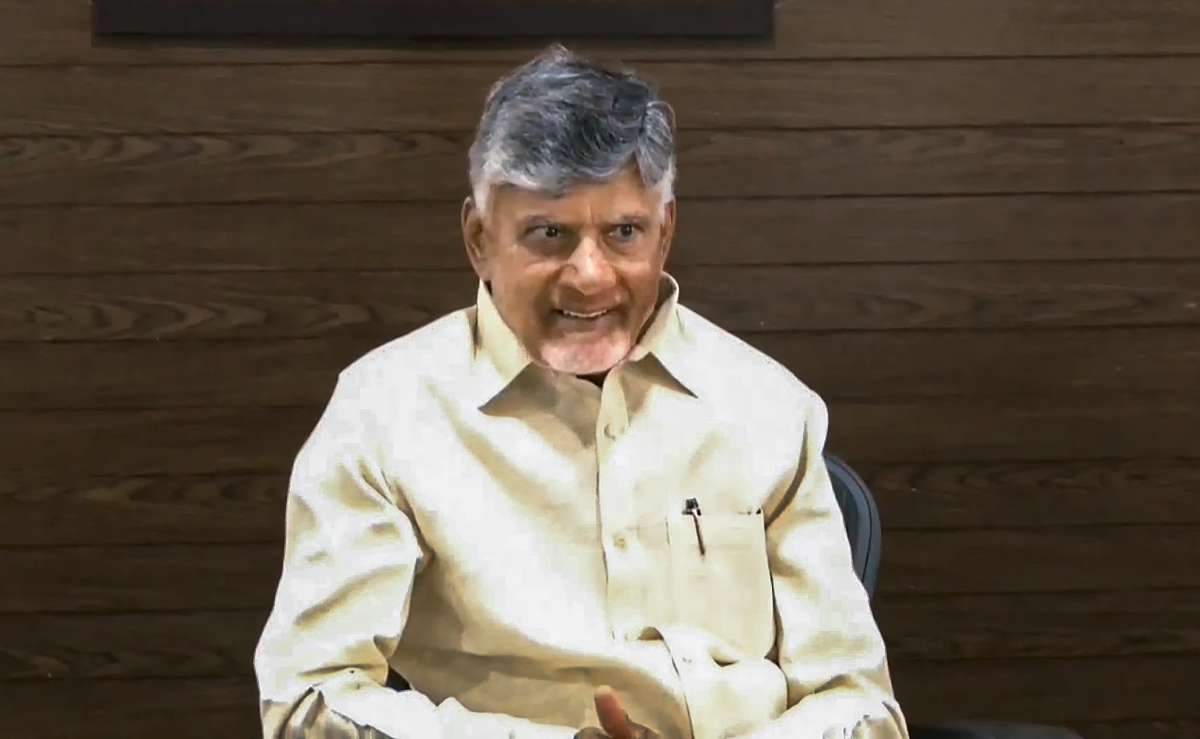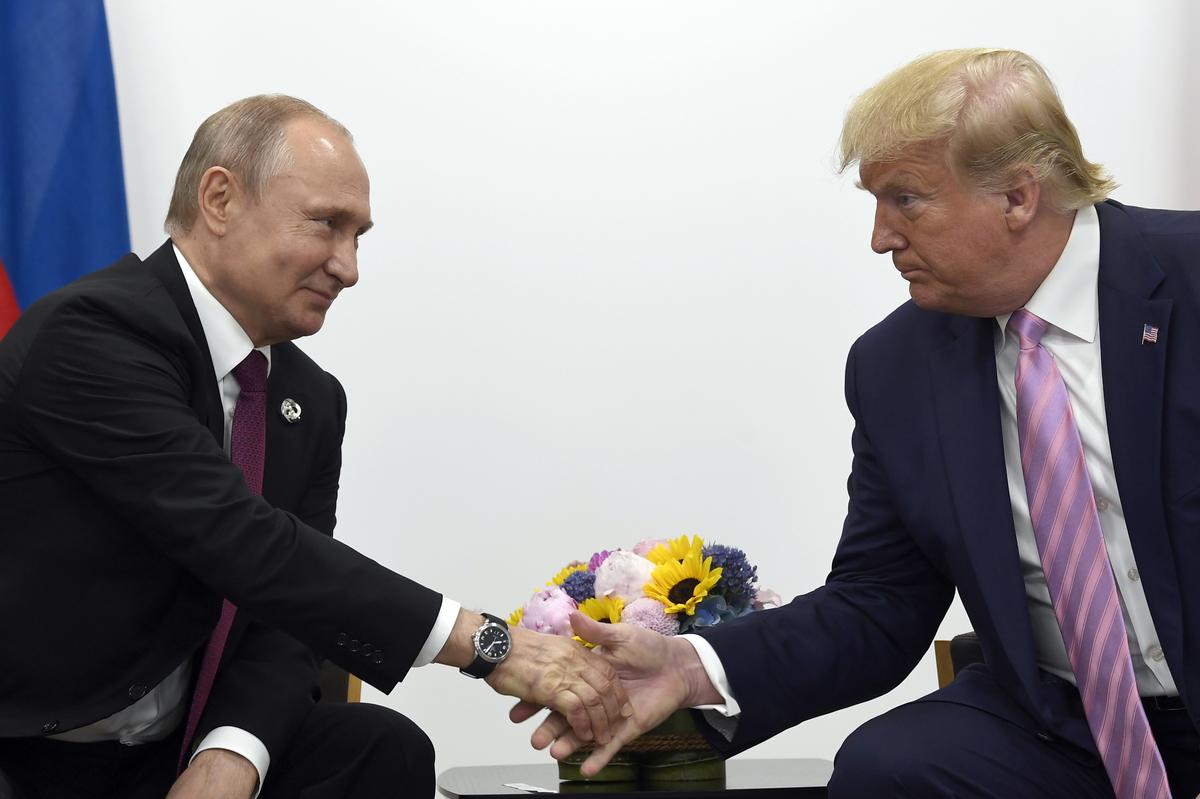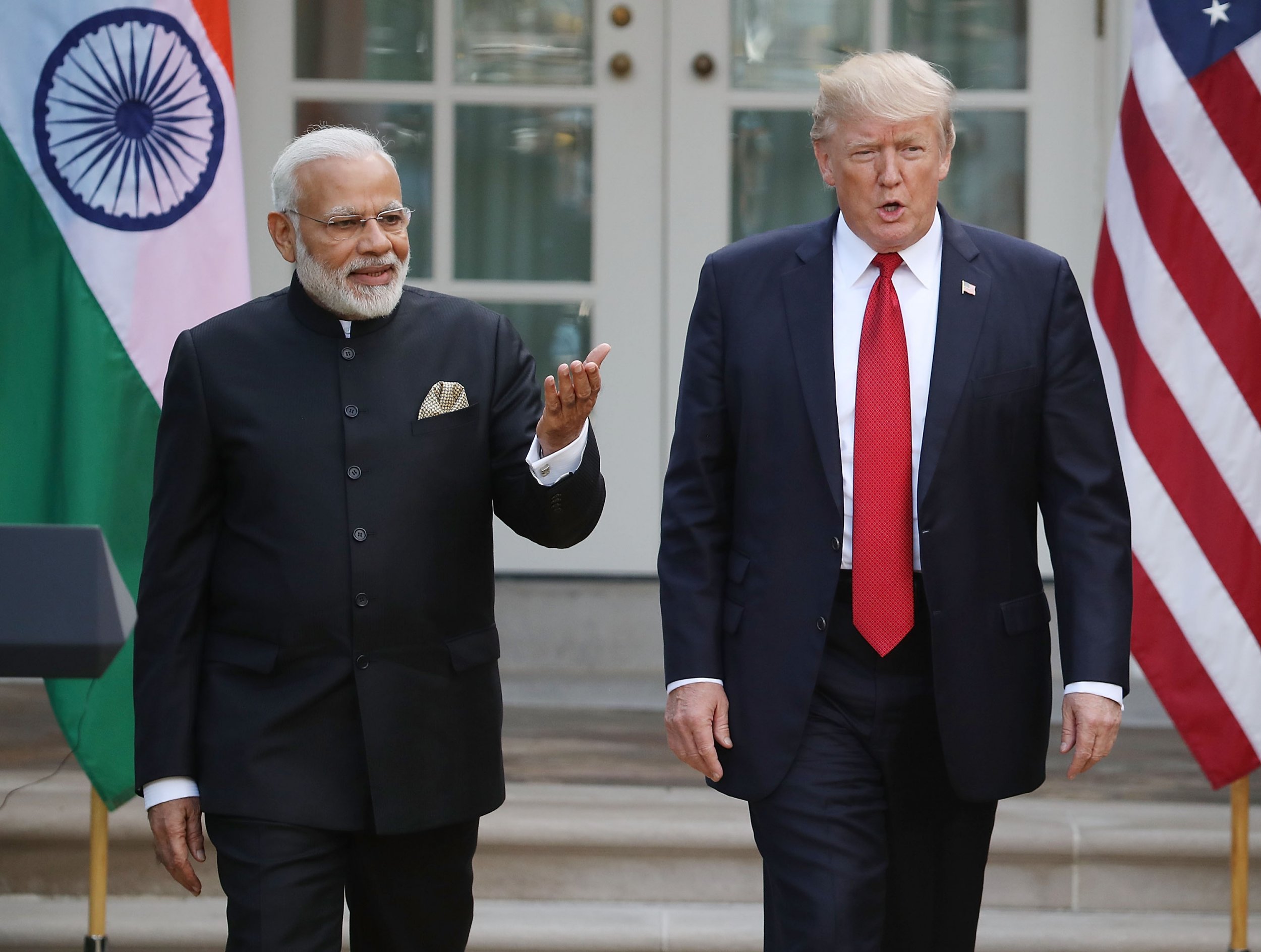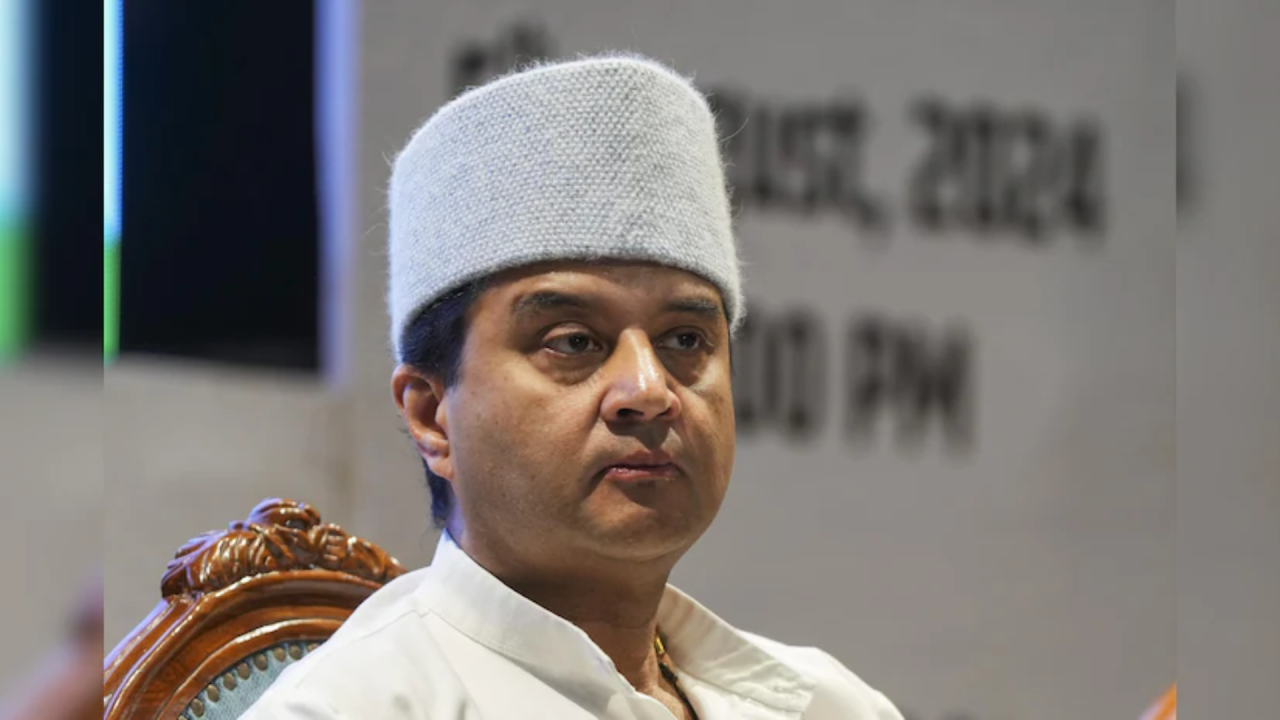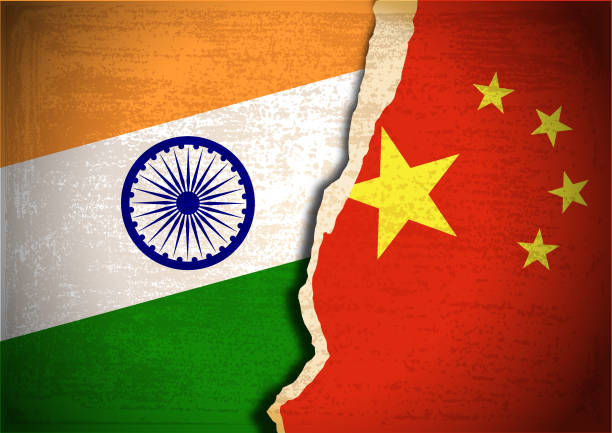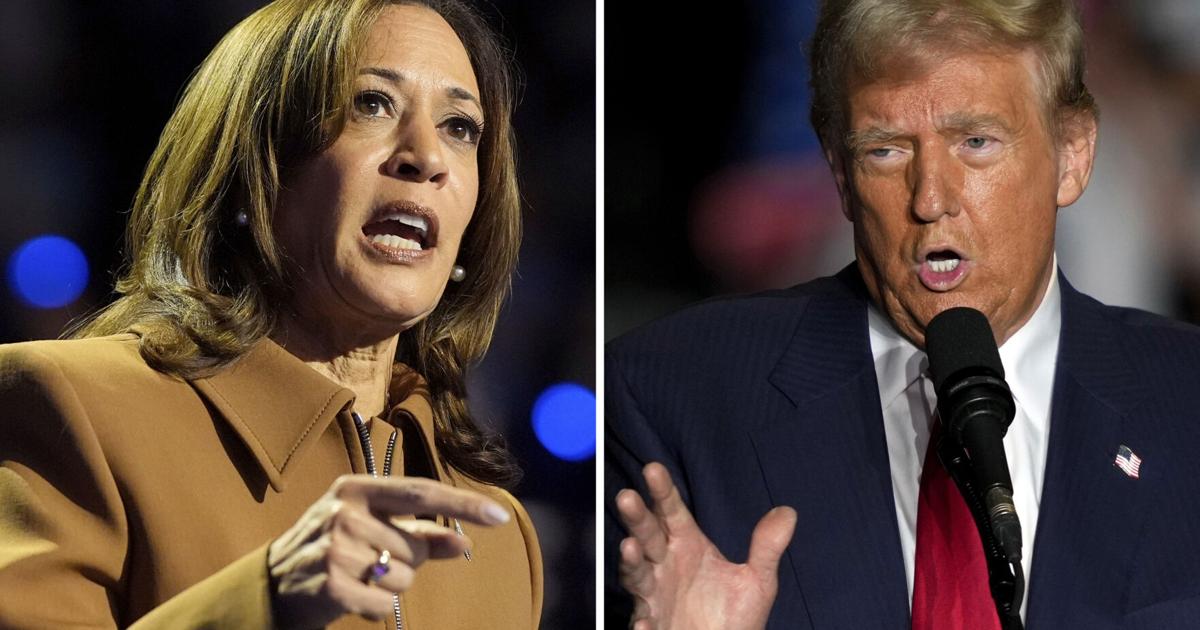Home / andaman-nicobar / A Symbolic Diwali Gesture: Indian, Chinese Troops Exchange Sweets Amid Disengagement Efforts
A Symbolic Diwali Gesture: Indian, Chinese Troops Exchange Sweets Amid Disengagement Efforts
By: My India Times
5 minutes read 50Updated At: 2025-03-07
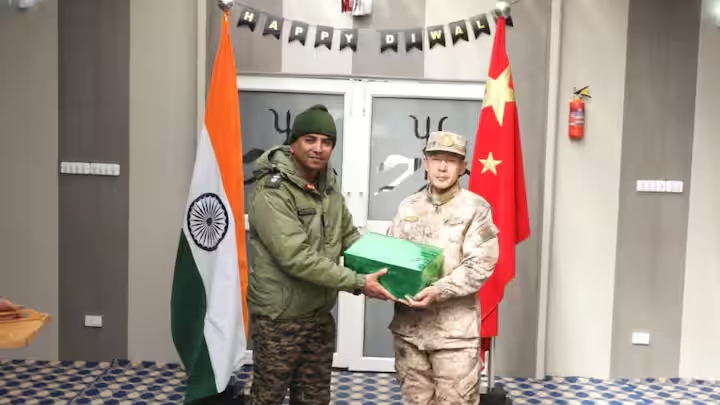
New Delhi, India – In a significant development symbolizing a thaw in border tensions, Indian and Chinese soldiers exchanged Diwali sweets at five strategic points along the Line of Actual Control (LAC). The exchange took place just a week after both nations reached a crucial disengagement agreement, aimed at reducing military tensions that had persisted for nearly four years.
The celebratory gesture occurred at key locations, including Chushul Maldo and Daulat Beg Oldi in Ladakh, Banchha (near Kibutu) and Bumla in Arunachal Pradesh, and Nathula in Sikkim. This marks a crucial confidence-building measure between the two sides, reflecting a possible shift towards peaceful coexistence along the disputed border regions.
A Step Towards Peace: The Disengagement Pact
The recent agreement mandates the withdrawal of military personnel and removal of infrastructure, such as temporary camps, from the Depsang plains and Demchok region. Under the agreement, both sides have agreed to return to pre-April 2020 positions, a move seen as a precursor to broader de-escalation efforts.
The standoff, which began in May 2020, escalated into violent clashes at Pangong Lake and the Galwan Valley, resulting in the loss of 20 Indian soldiers. The disengagement is aimed at preventing further confrontations and fostering a climate of stability along the contested border.
Verification Process Underway
Sources within the Indian Army have confirmed that a rigorous verification process is being conducted to ensure that China adheres to its commitments under the agreement. Ground commanders from both sides have been instructed to notify each other before undertaking routine patrols to minimize the risk of miscommunication and unintended skirmishes.
Despite these steps, both India and China will continue to maintain surveillance capabilities in the Depsang and Demchok regions, keeping a watchful eye on any potential violations of the agreement.
Satellite Images Reveal Progress
New satellite images accessed by NDTV provide concrete evidence of the disengagement process. An image from the Y-Junction in the Depsang plains taken shortly after the announcement of the agreement showed four vehicles and two tents. Another image, captured four days later, depicted Indian military tents being dismantled and vehicles leaving the site. Similar images from Demchok confirmed that Chinese troops had removed their temporary structures by October 25.
Army Chief: "Restoring Trust Is Key"
Addressing the disengagement process, Army Chief General Upendra Dwivedi emphasized the importance of rebuilding trust between the two military forces. He stated that sustained interaction and mutual reassurance would be vital in ensuring that both sides respect the newly established buffer zones.
"Trust will be rebuilt once we can see each other and reassure ourselves that neither side is encroaching upon the designated buffer areas," General Dwivedi remarked.
However, he cautioned that de-escalation, which entails the complete reduction of military presence in the region, will only be considered once disengagement is fully verified and successfully implemented.
India's Cautious Approach to De-Escalation
External Affairs Minister S. Jaishankar reiterated India's cautious stance, making it clear that de-escalation talks would only proceed after ensuring that Beijing has honored its commitments under the disengagement pact.
"Disengagement is the first step. De-escalation will follow only when we are certain that China has genuinely complied with the agreement and is not attempting any further incursions," Jaishankar said during a conference in Mumbai.
This careful approach stems from India’s previous experiences with border tensions, where disengagement agreements have not always resulted in lasting peace.
Challenges in Other Areas: The Road Ahead
While the disengagement agreement is a positive step, concerns remain over China's continued presence in other contested areas. Intelligence reports suggest that Chinese forces still hold significant portions of Indian-claimed territory in the Depsang plains. This region is of immense strategic importance to India, as it provides access to the Daulat Beg Oldi airstrip, a crucial logistical hub in the region.
In September last year, Indian and Chinese troops disengaged in the Gogra-Hot Springs area of Ladakh, but the process of full de-escalation has remained slow. Experts believe that India must remain vigilant to ensure that buffer zones are respected and no further incursions occur.
Significance of Depsang and Demchok
Depsang and Demchok have long been focal points of India-China border disputes. While India controls the western portion of Demchok, China continues to lay claim to the region. The recent disengagement deal is expected to reduce the military build-up in these regions, though skepticism remains about Beijing’s long-term intentions.
Depsang, in particular, holds high strategic value for India, as it serves as a gateway to Daulat Beg Oldi, the world’s highest airstrip, located near the Karakoram Pass. Controlling this area is crucial for India to safeguard its northernmost logistics routes and deter any potential Chinese advances.
Looking Forward: Can Trust Be Rebuilt?
The Diwali sweets exchange between Indian and Chinese soldiers is a small but significant diplomatic gesture, indicating that both nations are willing to foster a more amicable relationship. However, long-term peace remains contingent upon China’s adherence to agreements and its willingness to withdraw forces from disputed territories.
India has made it clear that it will not let its guard down until it is confident that China is honoring its commitments. The future of India-China relations will largely depend on whether these disengagement efforts translate into meaningful de-escalation and, ultimately, a sustainable resolution to the border dispute.
For now, both nations appear to be taking cautious steps toward reducing tensions, but the road to lasting peace remains uncertain.
....
New Delhi, India – In a significant development symbolizing a thaw in border tensions, Indian and Chinese soldiers exchanged Diwali sweets at five strategic points along the Line of Actual Control (LAC). The exchange took place just a week after both nations reached a crucial disengagement agreement, aimed at reducing military tensions that had persisted for nearly four years.
The celebratory gesture occurred at key locations, including Chushul Maldo and Daulat Beg Oldi in Ladakh, Banchha (near Kibutu) and Bumla in Arunachal Pradesh, and Nathula in Sikkim. This marks a crucial confidence-building measure between the two sides, reflecting a possible shift towards peaceful coexistence along the disputed border regions.
A Step Towards Peace: The Disengagement Pact
The recent agreement mandates the withdrawal of military personnel and removal of infrastructure, such as temporary camps, from the Depsang plains and Demchok region. Under the agreement, both sides have agreed to return to pre-April 2020 positions, a move seen as a precursor to broader de-escalation efforts.
The standoff, which began in May 2020, escalated into violent clashes at Pangong Lake and the Galwan Valley, resulting in the loss of 20 Indian soldiers. The disengagement is aimed at preventing further confrontations and fostering a climate of stability along the contested border.
Verification Process Underway
Sources within the Indian Army have confirmed that a rigorous verification process is being conducted to ensure that China adheres to its commitments under the agreement. Ground commanders from both sides have been instructed to notify each other before undertaking routine patrols to minimize the risk of miscommunication and unintended skirmishes.
Despite these steps, both India and China will continue to maintain surveillance capabilities in the Depsang and Demchok regions, keeping a watchful eye on any potential violations of the agreement.
Satellite Images Reveal Progress
New satellite images accessed by NDTV provide concrete evidence of the disengagement process. An image from the Y-Junction in the Depsang plains taken shortly after the announcement of the agreement showed four vehicles and two tents. Another image, captured four days later, depicted Indian military tents being dismantled and vehicles leaving the site. Similar images from Demchok confirmed that Chinese troops had removed their temporary structures by October 25.
Army Chief: "Restoring Trust Is Key"
Addressing the disengagement process, Army Chief General Upendra Dwivedi emphasized the importance of rebuilding trust between the two military forces. He stated that sustained interaction and mutual reassurance would be vital in ensuring that both sides respect the newly established buffer zones.
"Trust will be rebuilt once we can see each other and reassure ourselves that neither side is encroaching upon the designated buffer areas," General Dwivedi remarked.
However, he cautioned that de-escalation, which entails the complete reduction of military presence in the region, will only be considered once disengagement is fully verified and successfully implemented.
India's Cautious Approach to De-Escalation
External Affairs Minister S. Jaishankar reiterated India's cautious stance, making it clear that de-escalation talks would only proceed after ensuring that Beijing has honored its commitments under the disengagement pact.
"Disengagement is the first step. De-escalation will follow only when we are certain that China has genuinely complied with the agreement and is not attempting any further incursions," Jaishankar said during a conference in Mumbai.
This careful approach stems from India’s previous experiences with border tensions, where disengagement agreements have not always resulted in lasting peace.
Challenges in Other Areas: The Road Ahead
While the disengagement agreement is a positive step, concerns remain over China's continued presence in other contested areas. Intelligence reports suggest that Chinese forces still hold significant portions of Indian-claimed territory in the Depsang plains. This region is of immense strategic importance to India, as it provides access to the Daulat Beg Oldi airstrip, a crucial logistical hub in the region.
In September last year, Indian and Chinese troops disengaged in the Gogra-Hot Springs area of Ladakh, but the process of full de-escalation has remained slow. Experts believe that India must remain vigilant to ensure that buffer zones are respected and no further incursions occur.
Significance of Depsang and Demchok
Depsang and Demchok have long been focal points of India-China border disputes. While India controls the western portion of Demchok, China continues to lay claim to the region. The recent disengagement deal is expected to reduce the military build-up in these regions, though skepticism remains about Beijing’s long-term intentions.
Depsang, in particular, holds high strategic value for India, as it serves as a gateway to Daulat Beg Oldi, the world’s highest airstrip, located near the Karakoram Pass. Controlling this area is crucial for India to safeguard its northernmost logistics routes and deter any potential Chinese advances.
Looking Forward: Can Trust Be Rebuilt?
The Diwali sweets exchange between Indian and Chinese soldiers is a small but significant diplomatic gesture, indicating that both nations are willing to foster a more amicable relationship. However, long-term peace remains contingent upon China’s adherence to agreements and its willingness to withdraw forces from disputed territories.
India has made it clear that it will not let its guard down until it is confident that China is honoring its commitments. The future of India-China relations will largely depend on whether these disengagement efforts translate into meaningful de-escalation and, ultimately, a sustainable resolution to the border dispute.
For now, both nations appear to be taking cautious steps toward reducing tensions, but the road to lasting peace remains uncertain.
By: My India Times
Updated At: 2025-03-07
Tags: andaman-nicobar News | My India Times News | Trending News | Travel News
Join our WhatsApp Channel





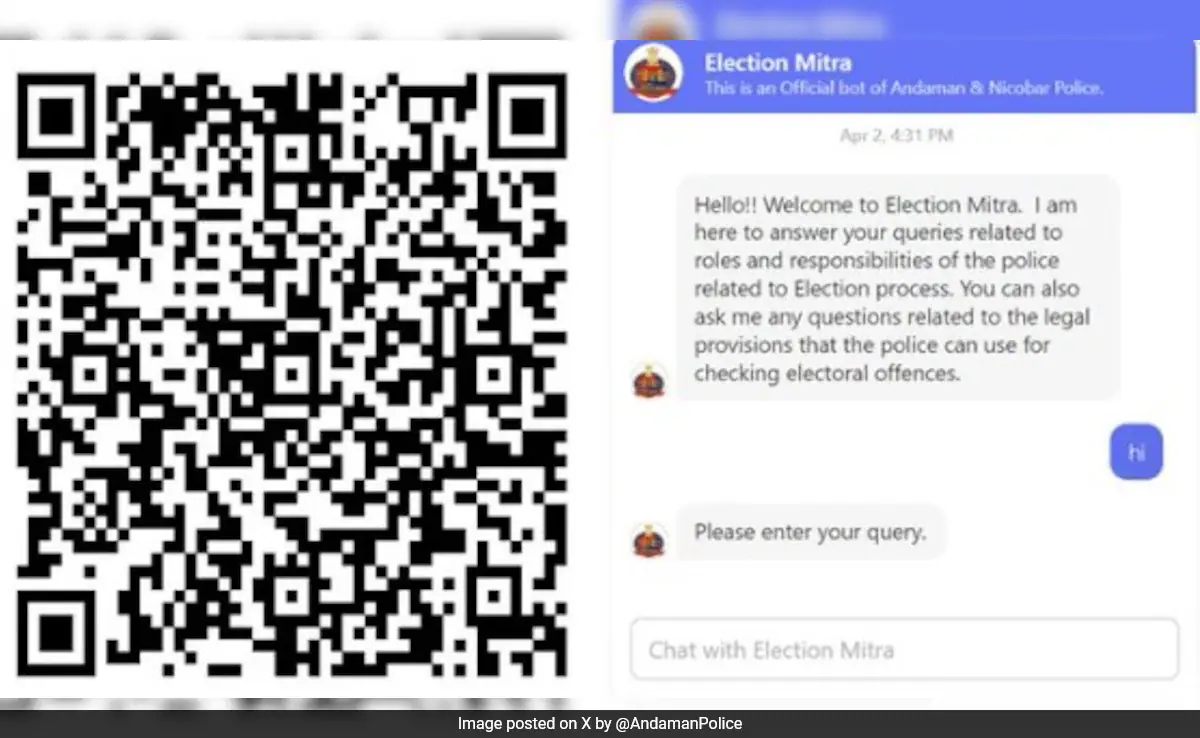
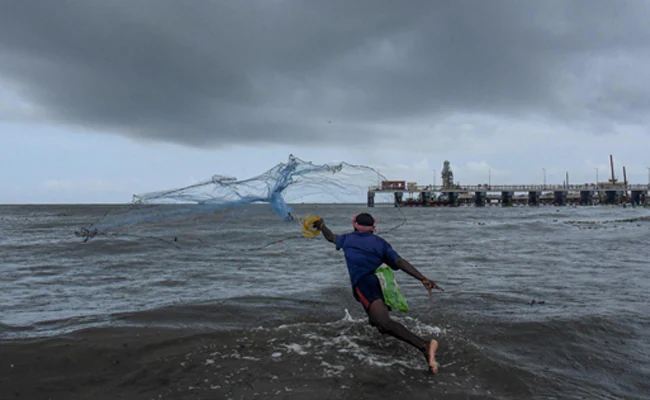










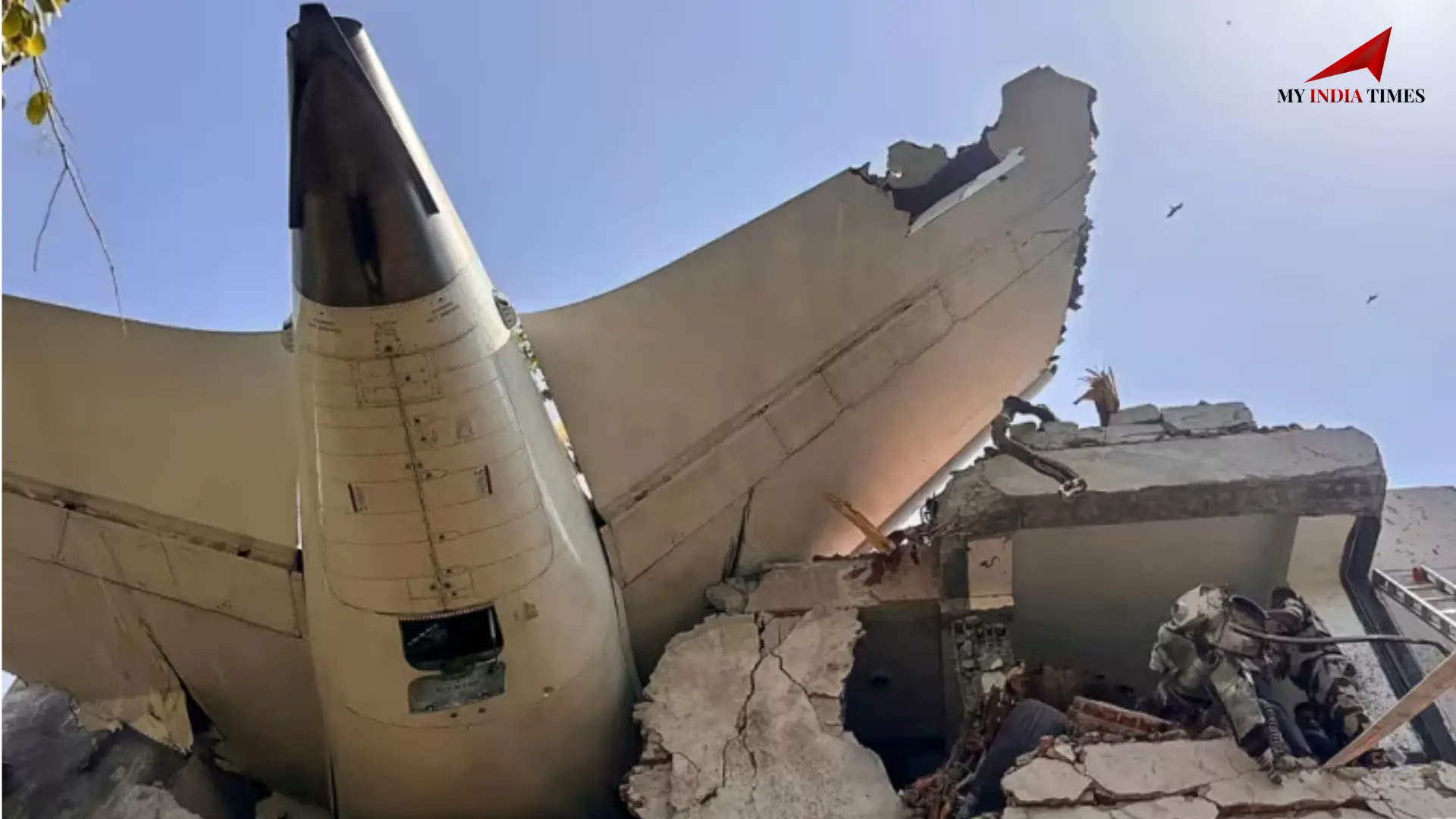
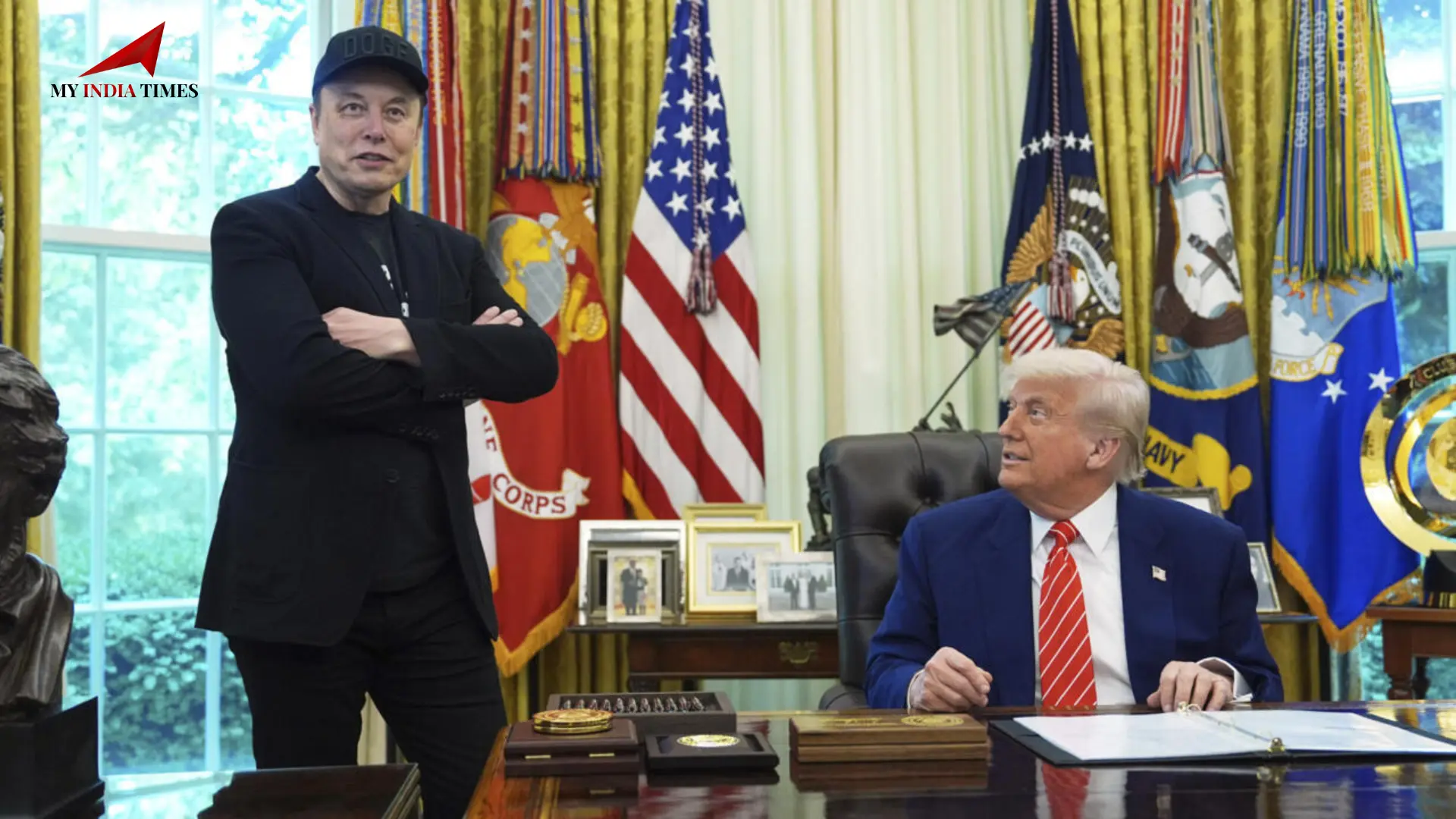



















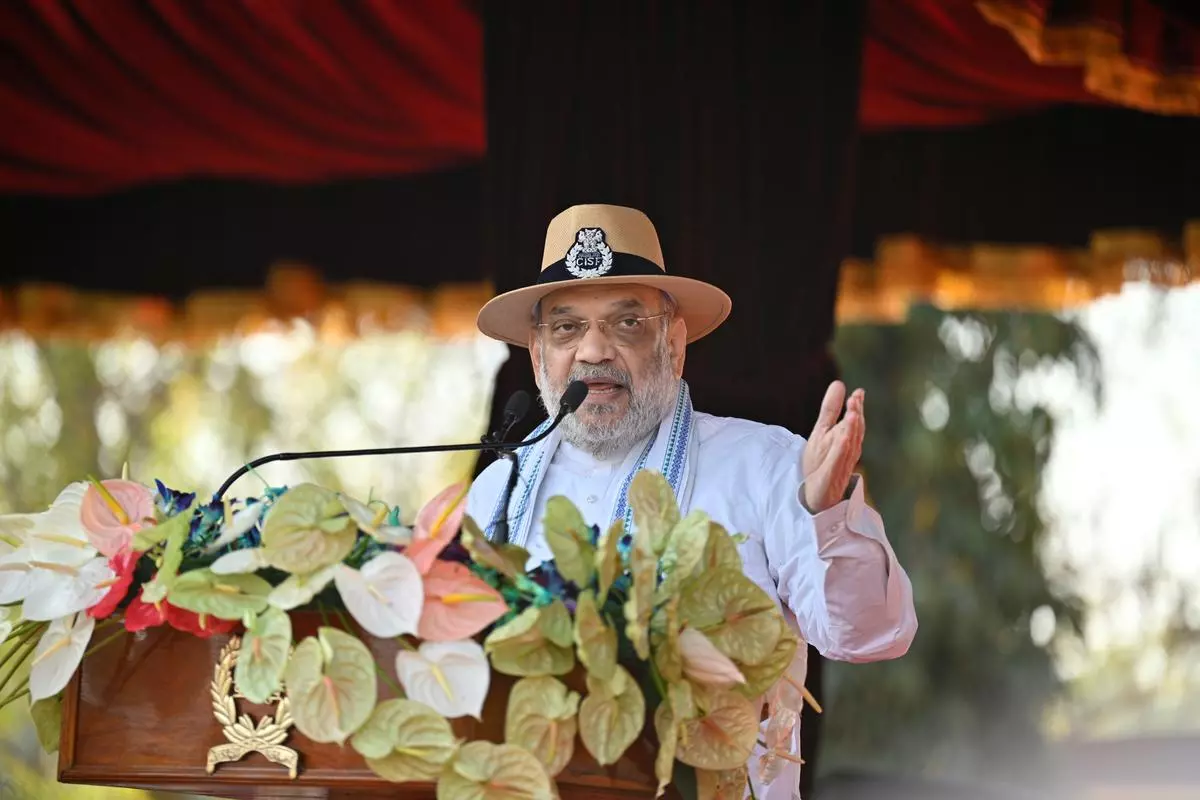

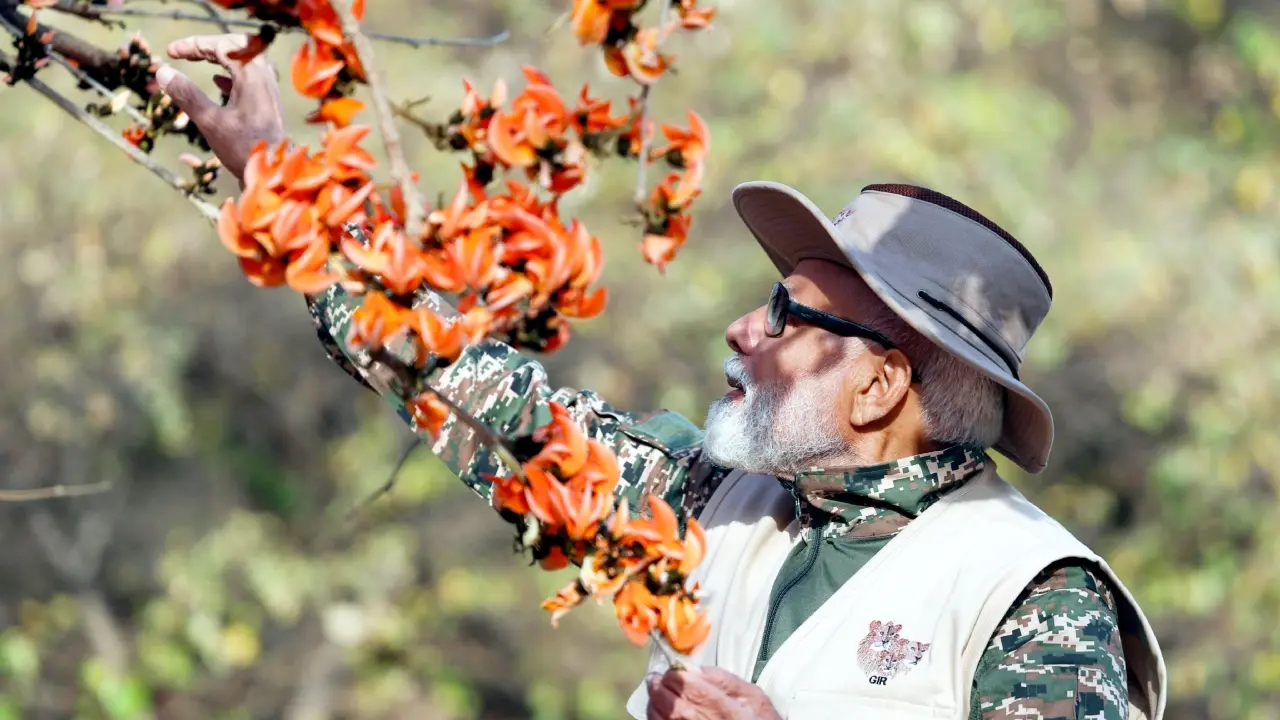

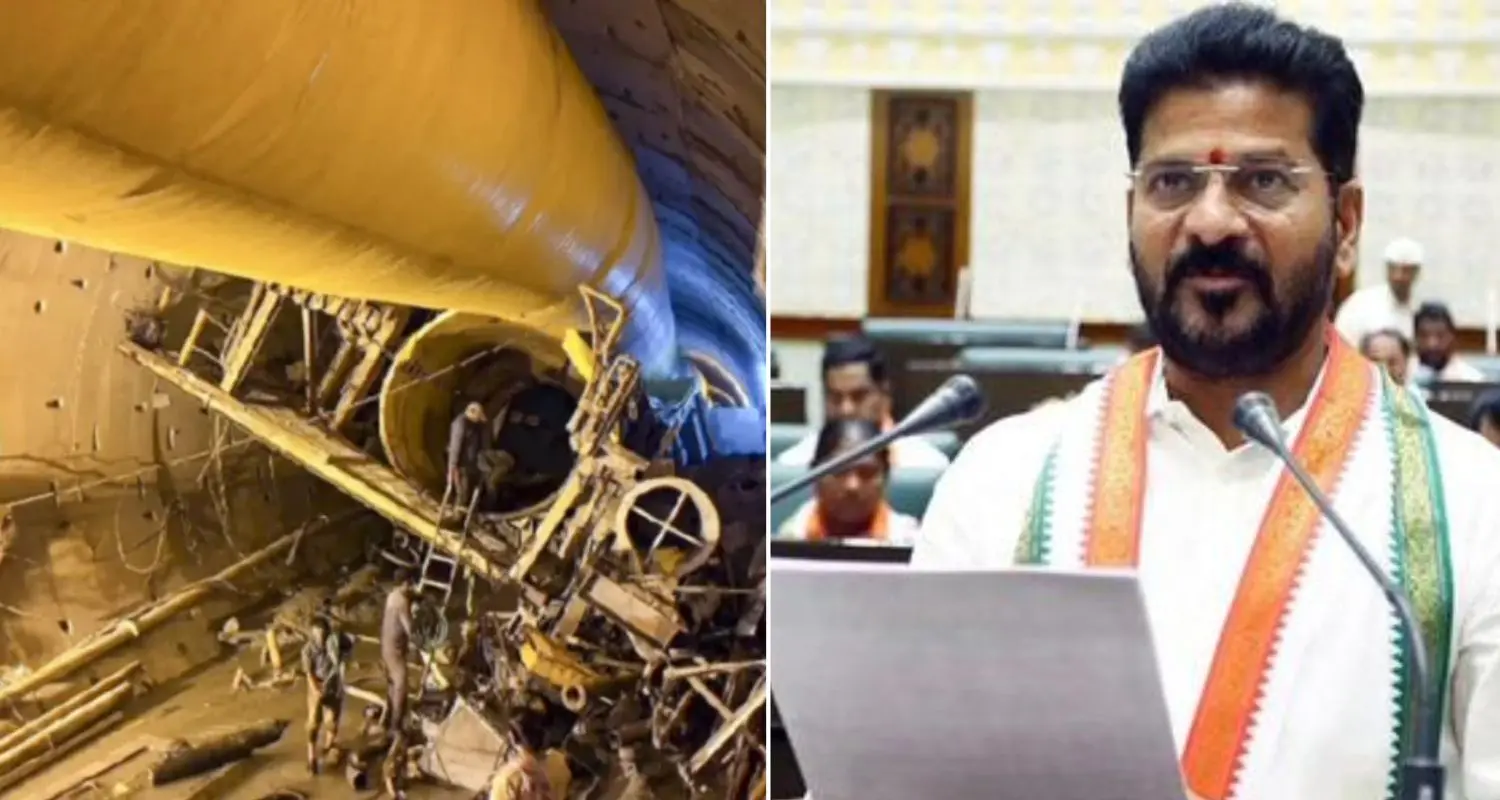

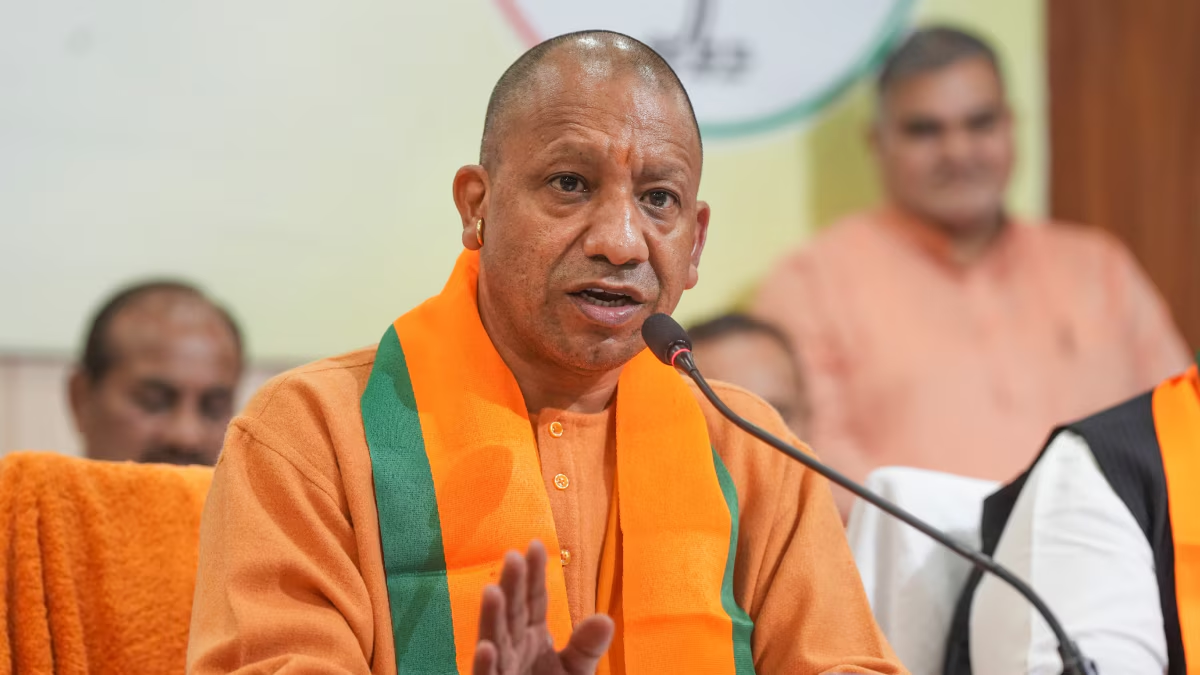




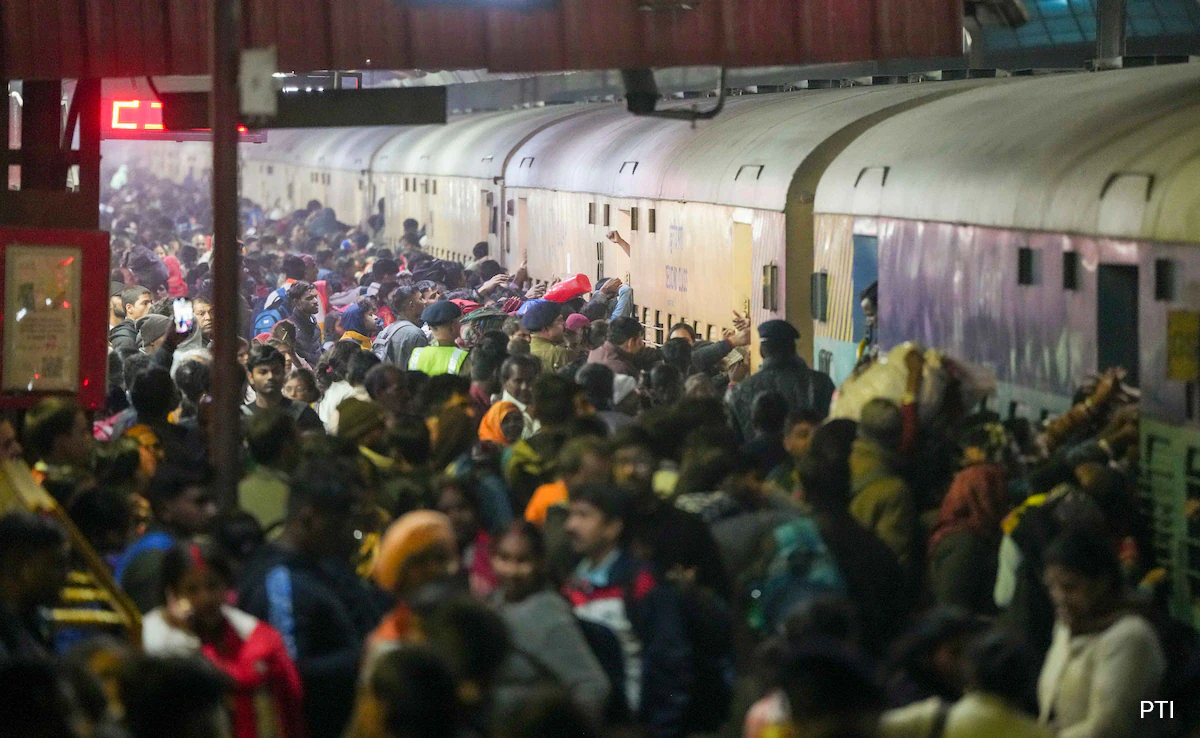
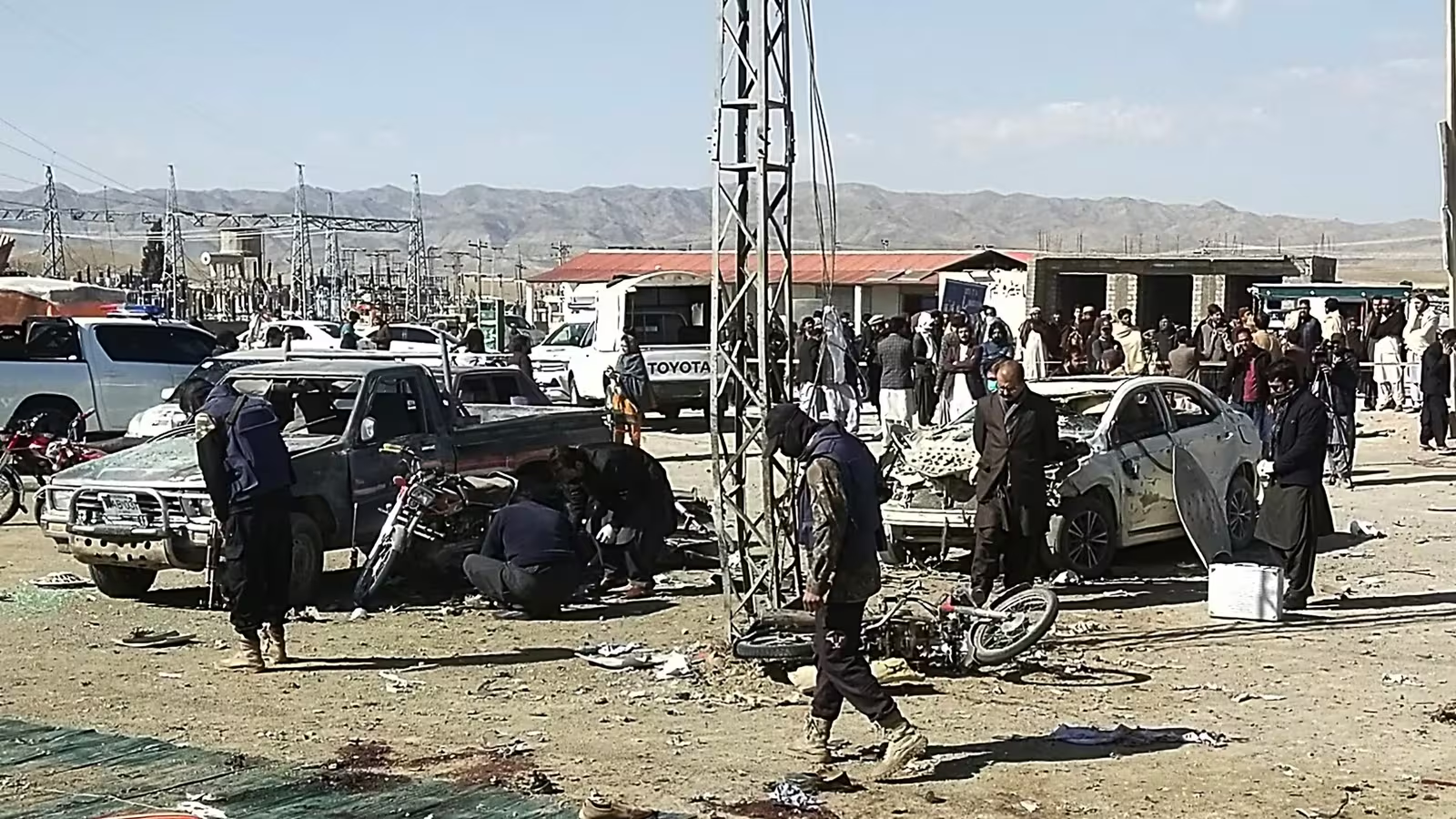
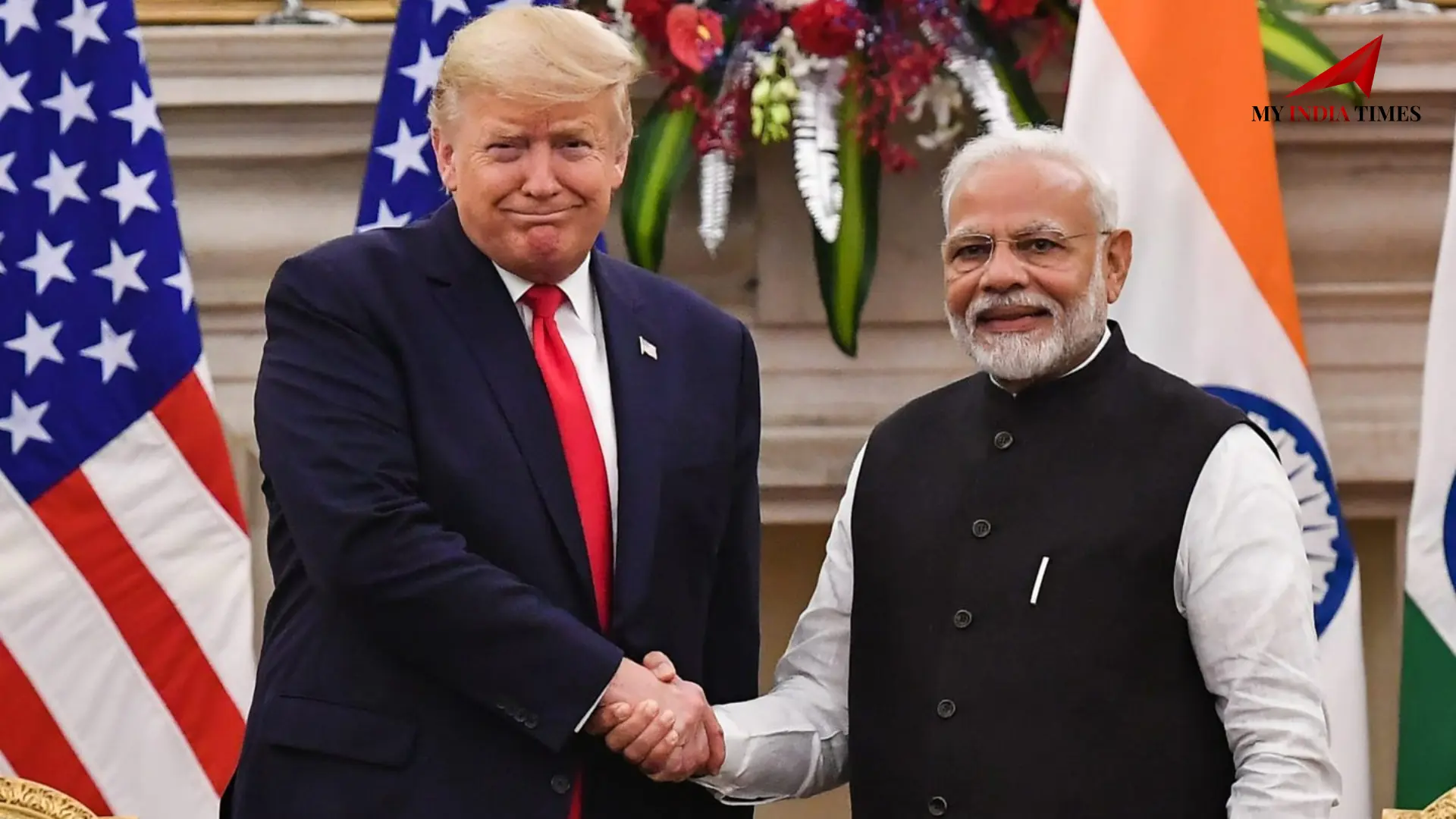
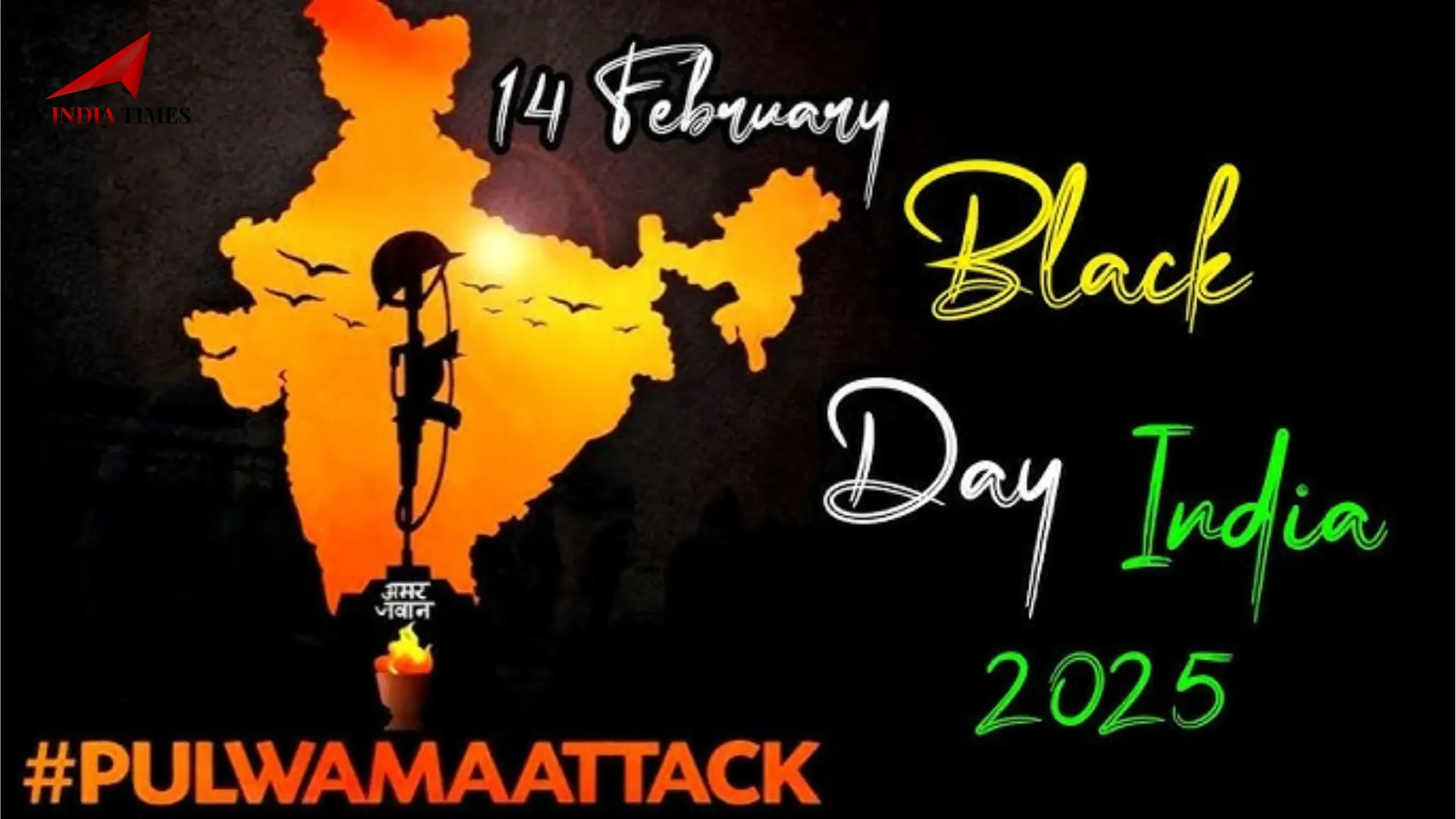
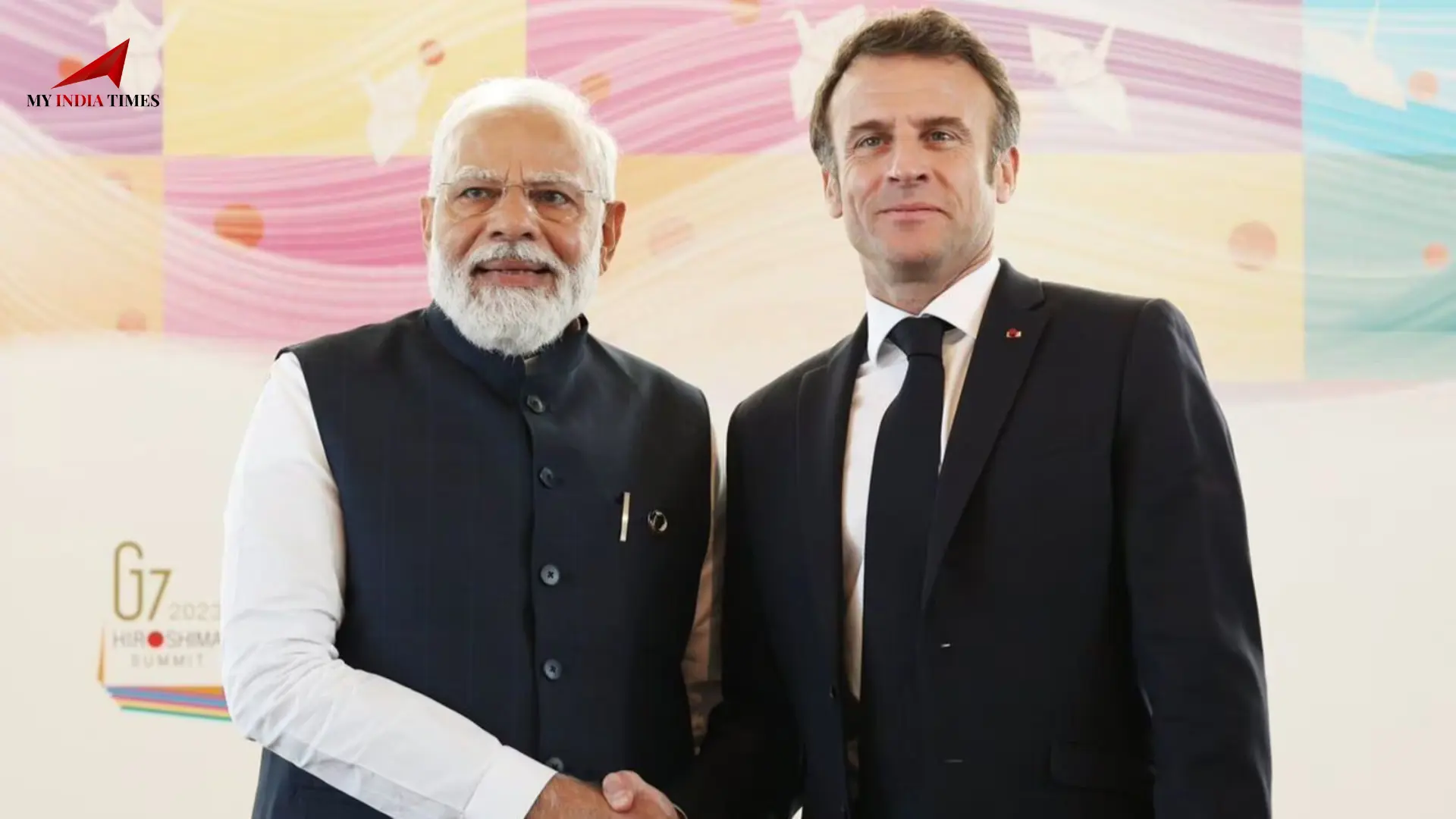
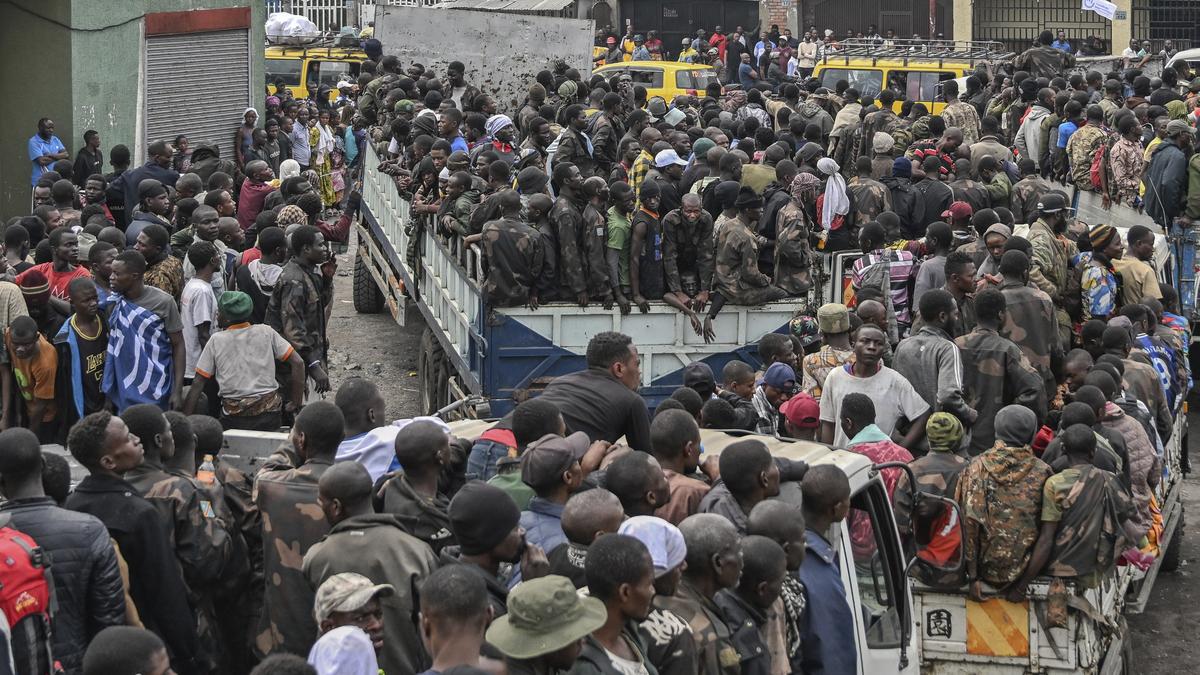
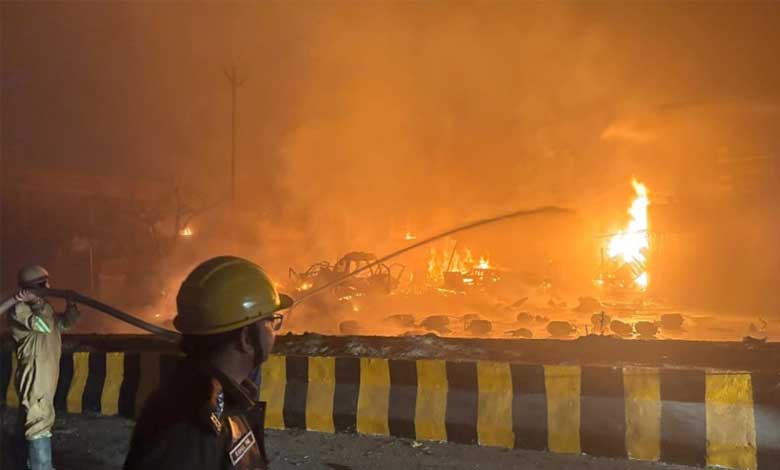



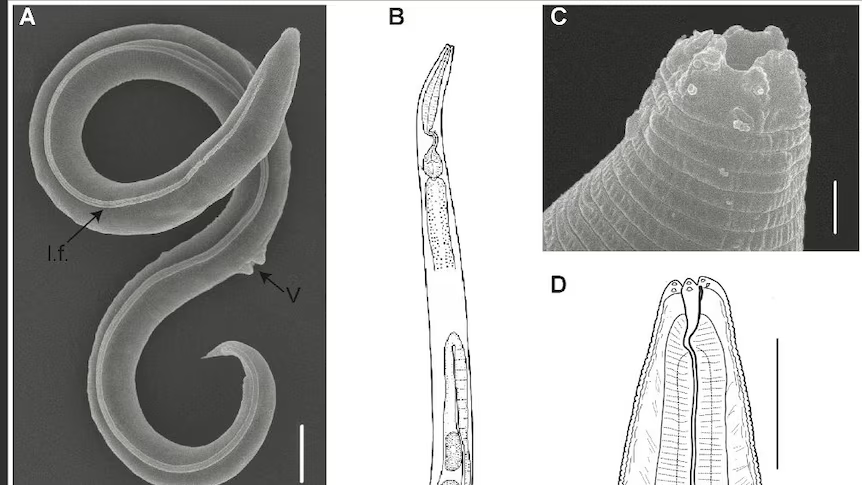




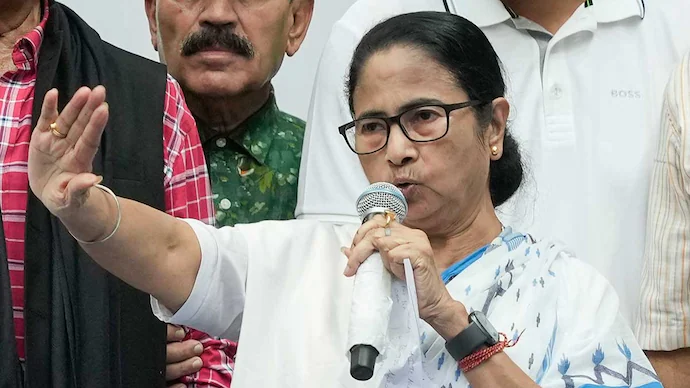



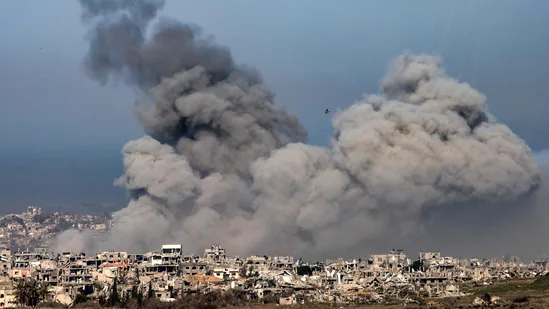
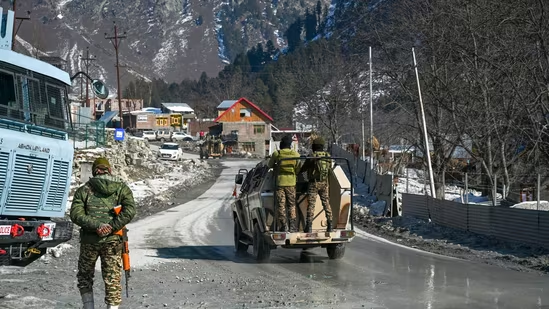

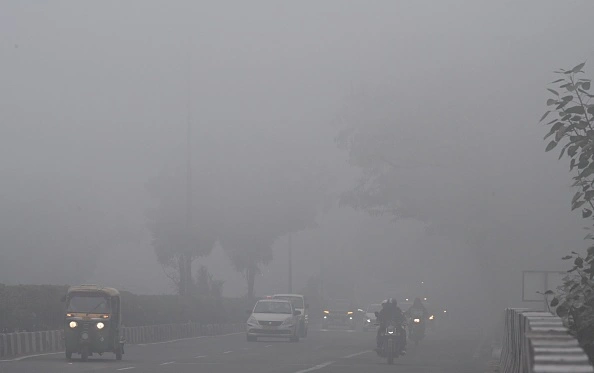
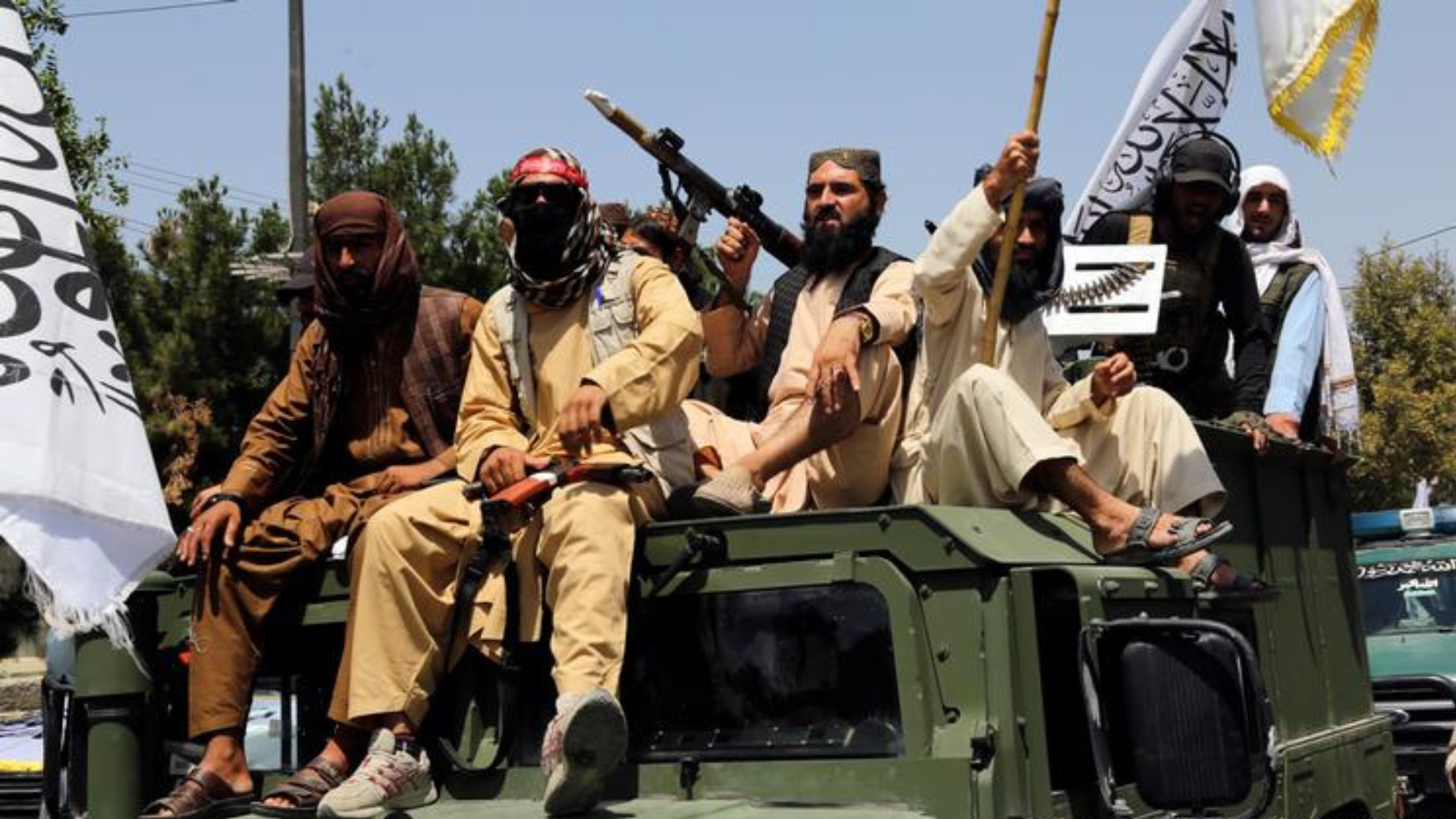
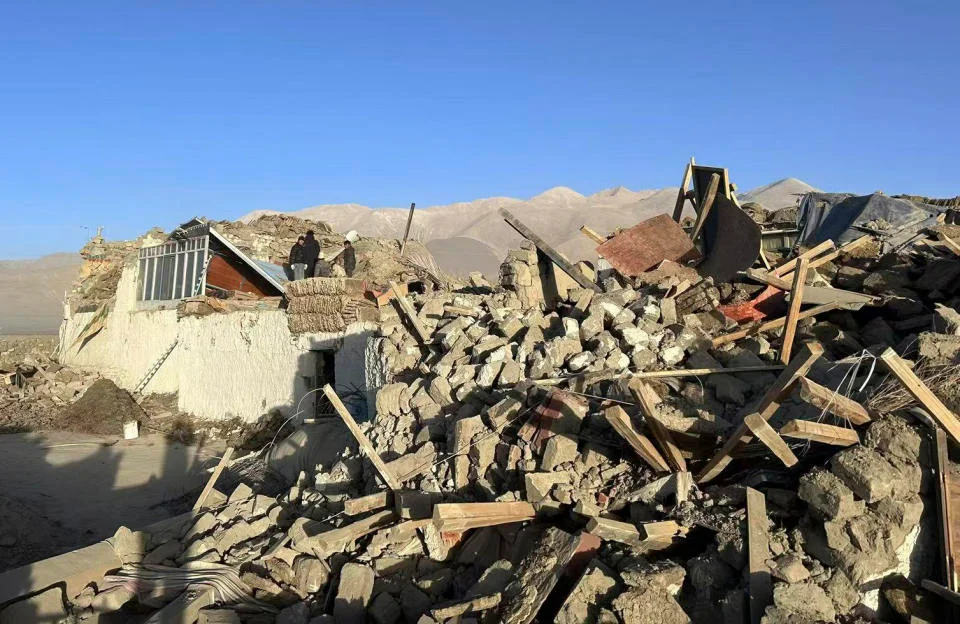


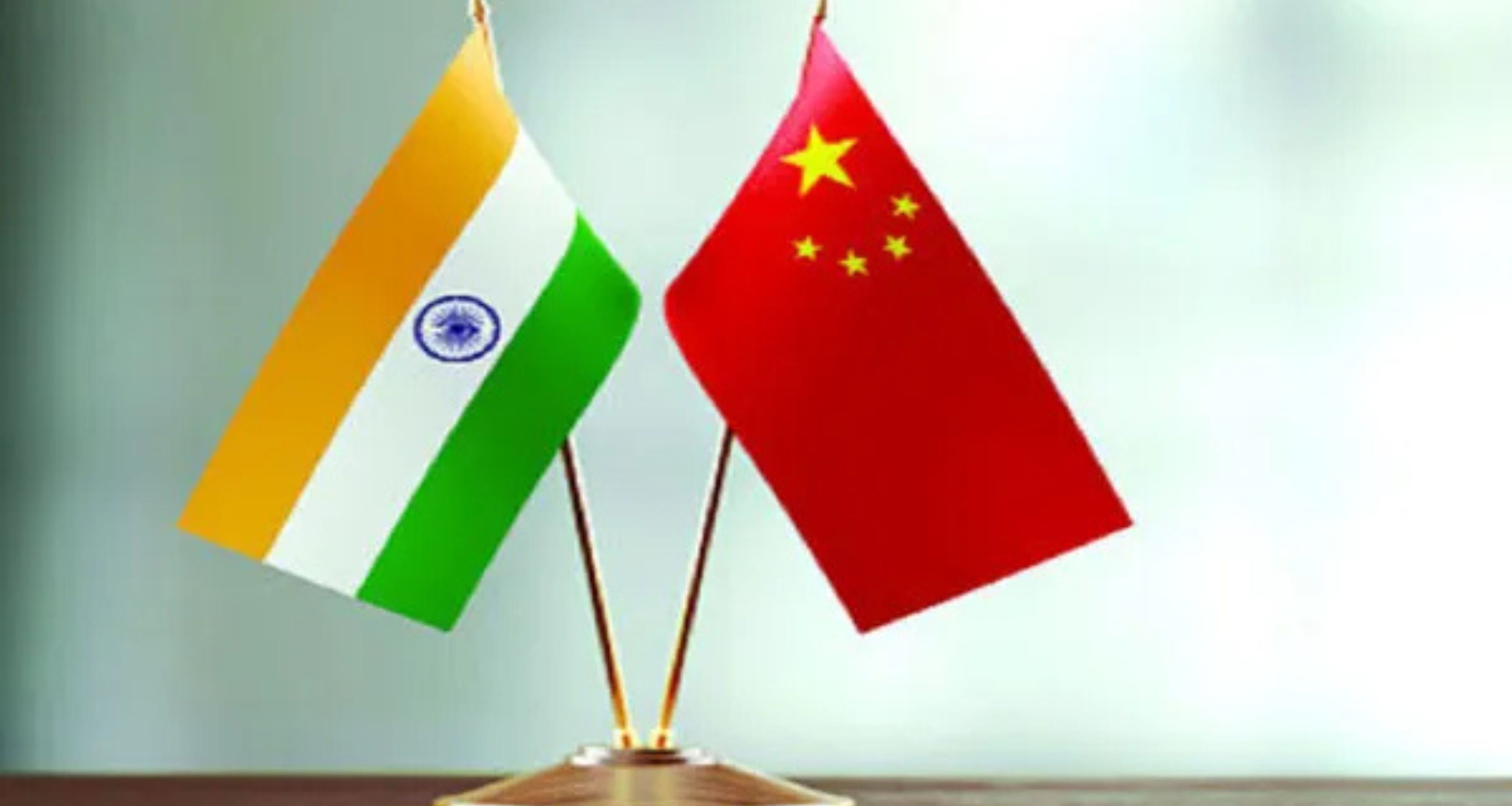
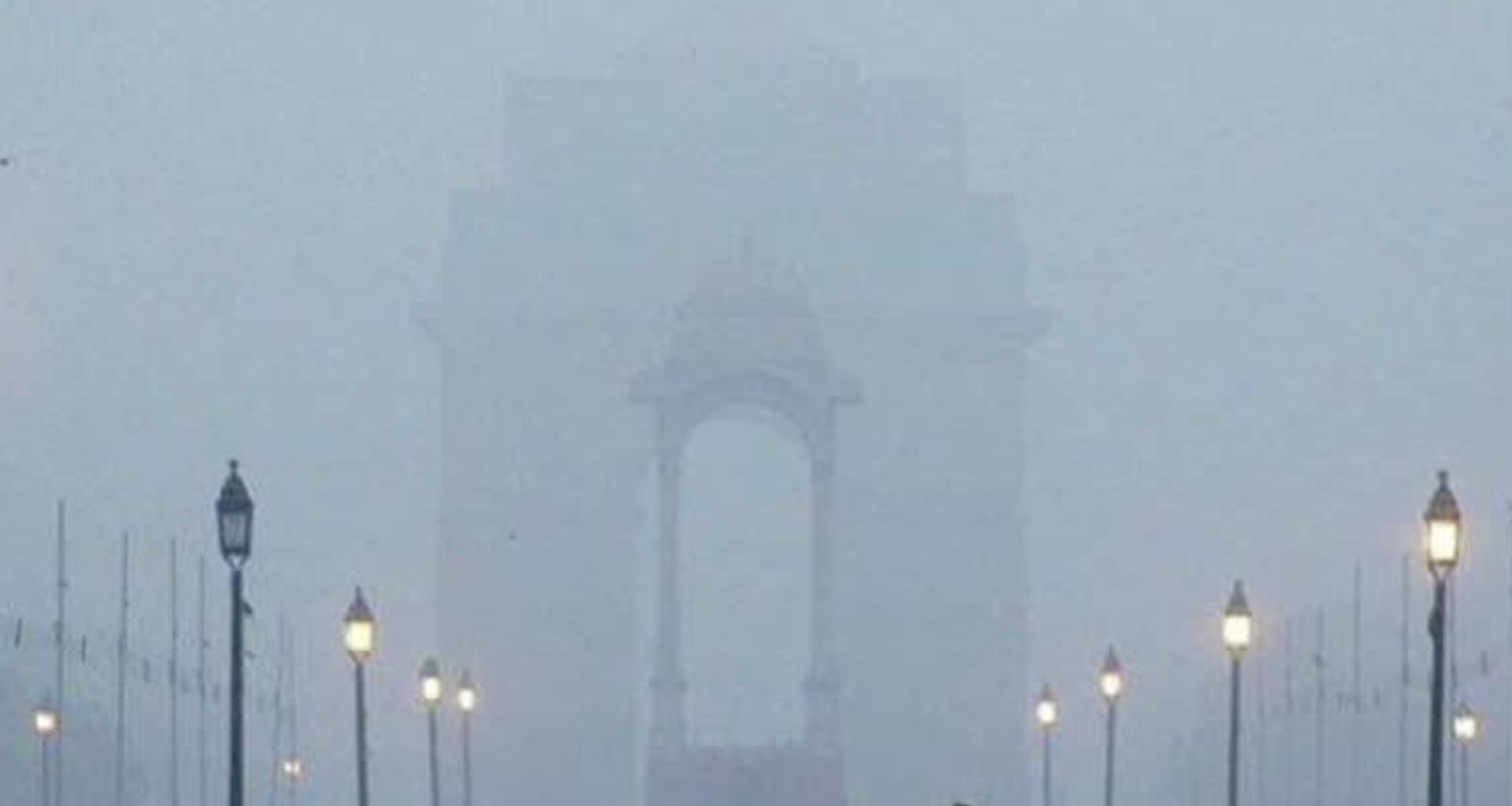
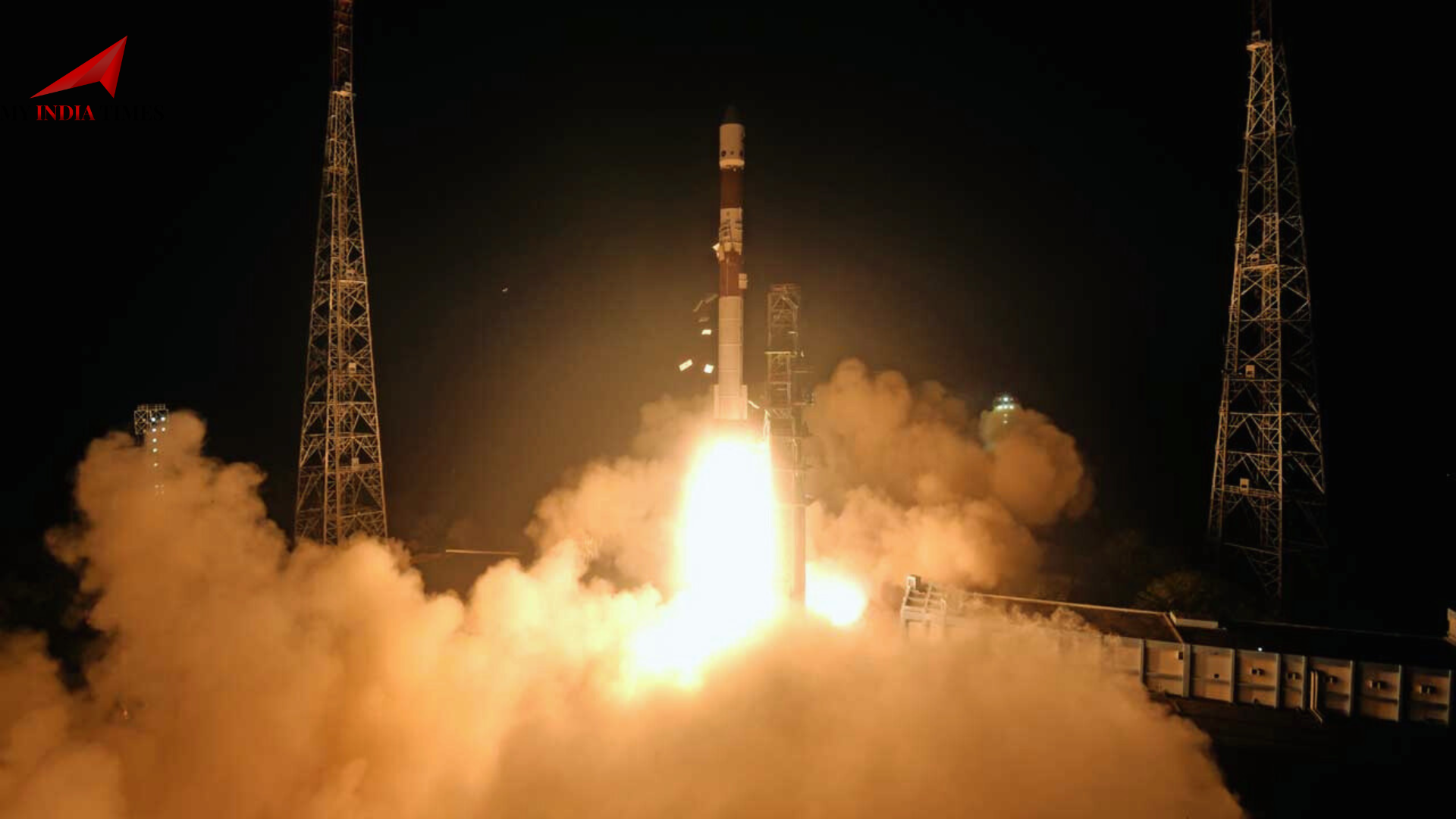

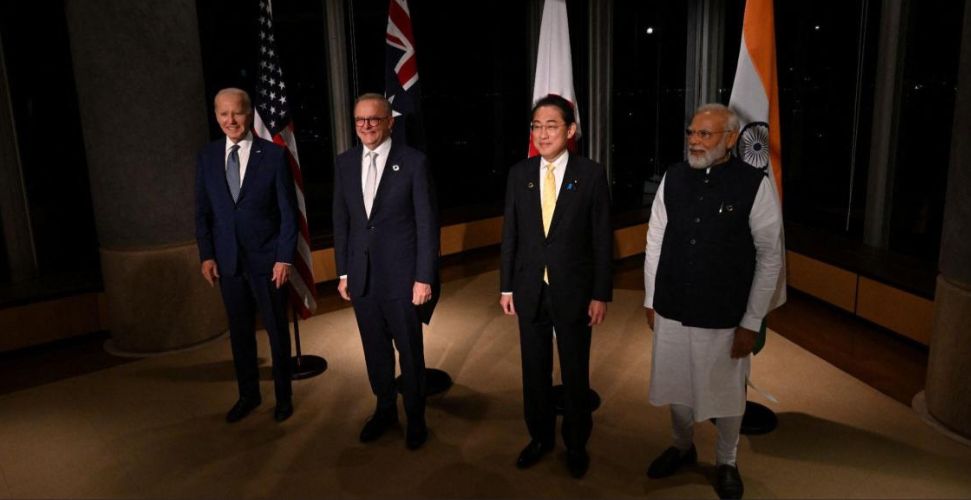

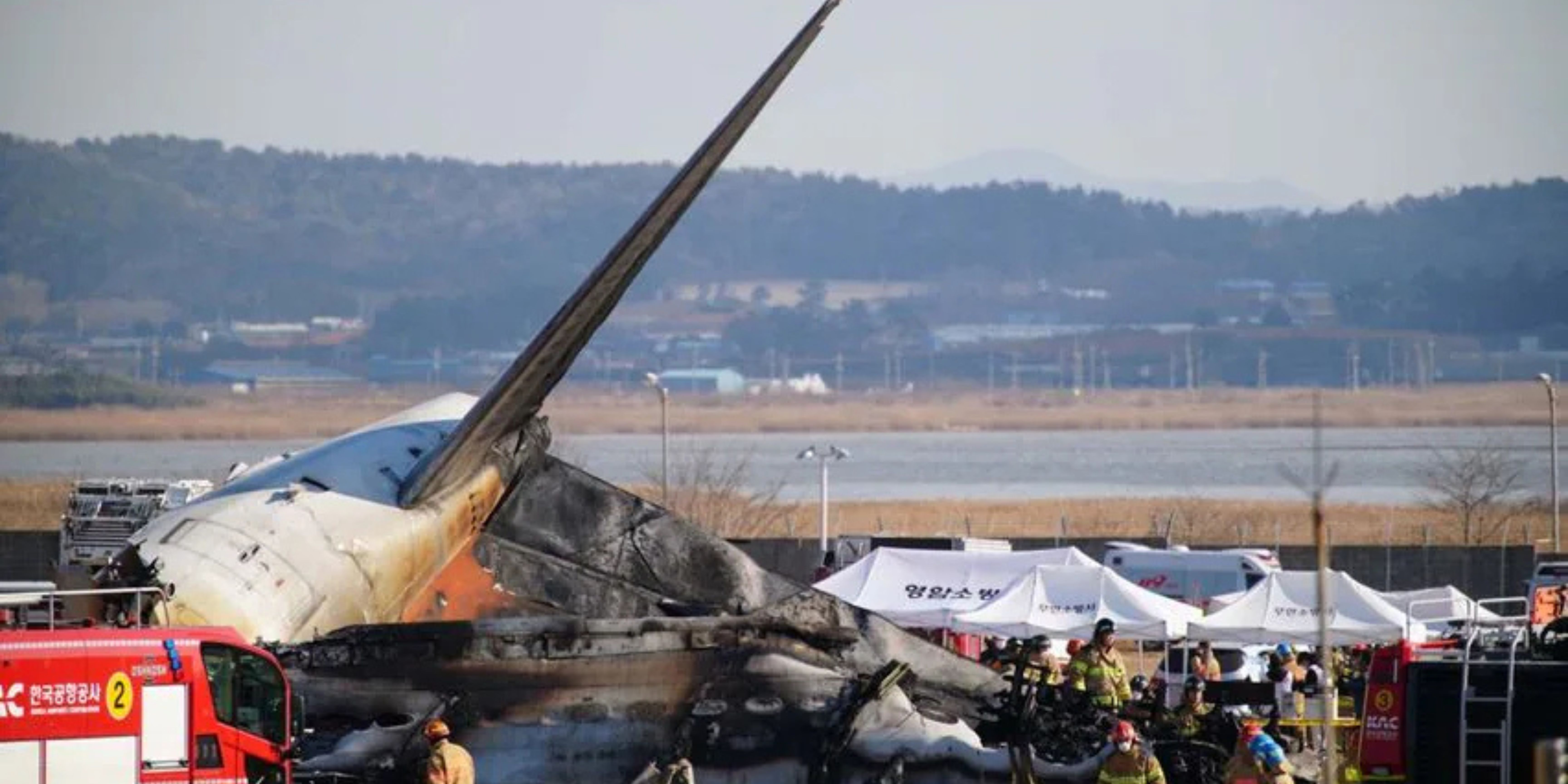
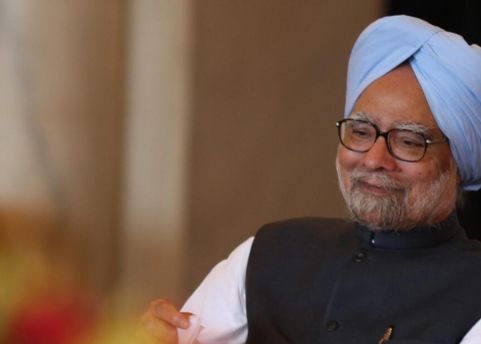
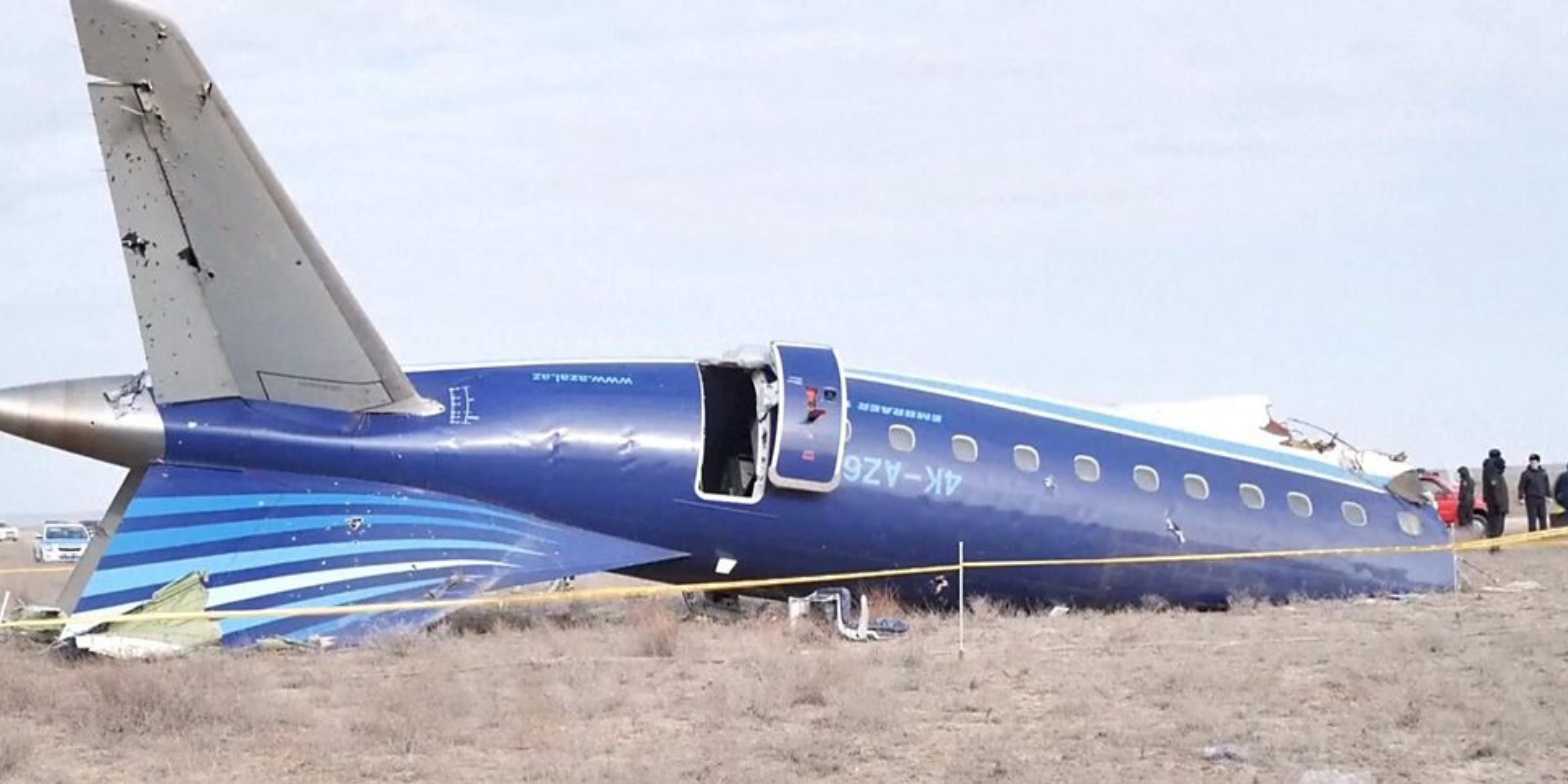
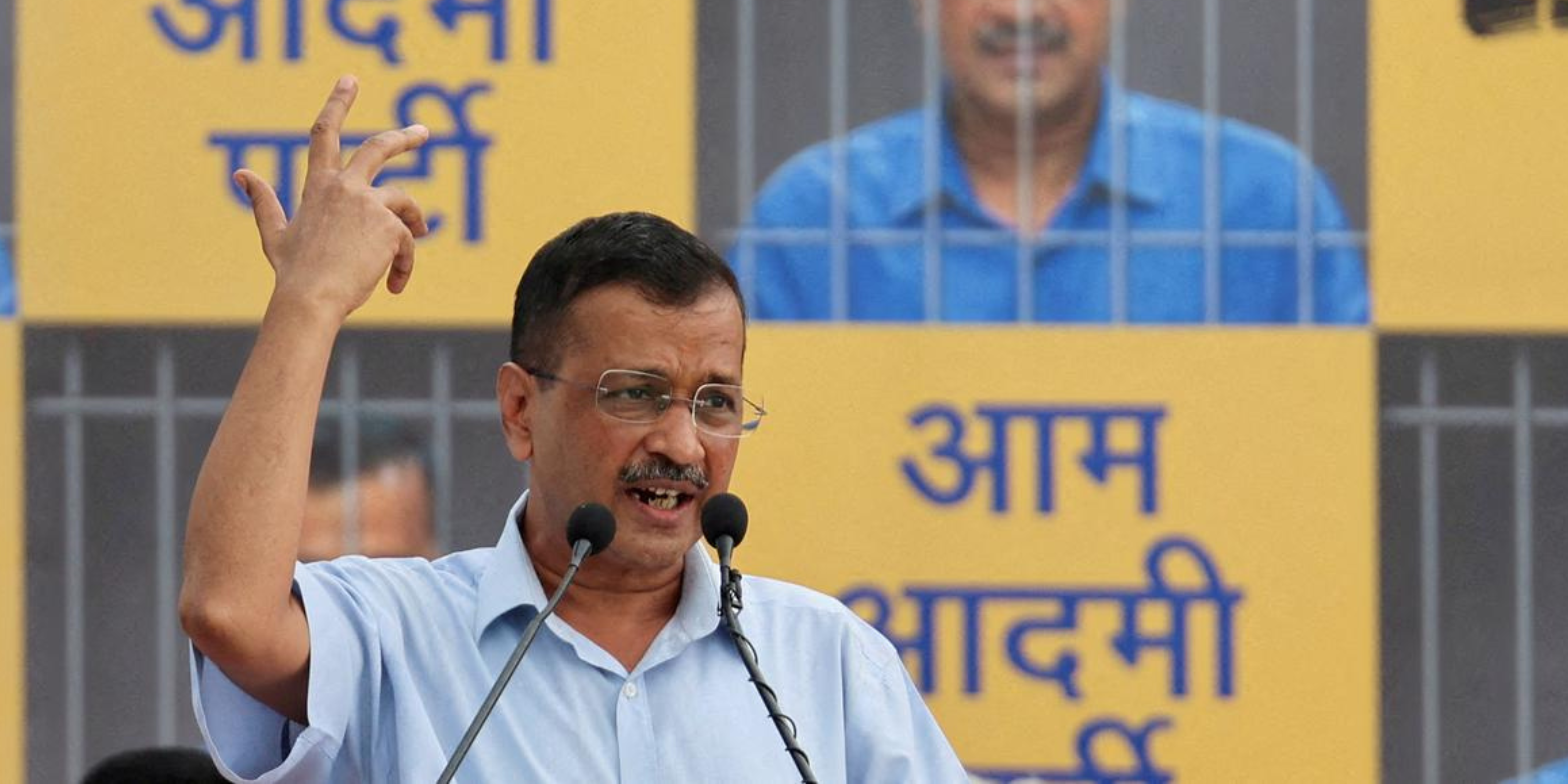

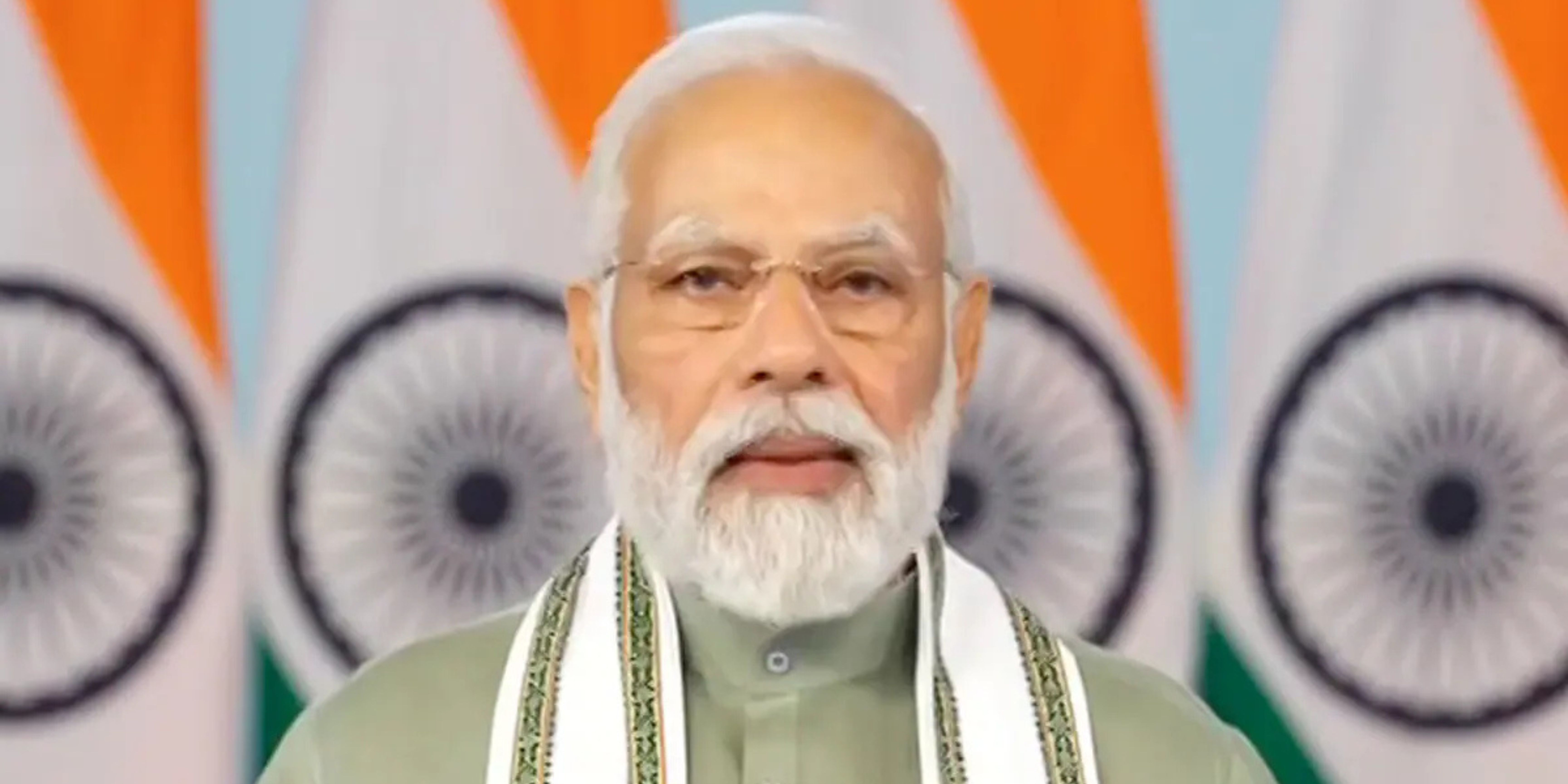





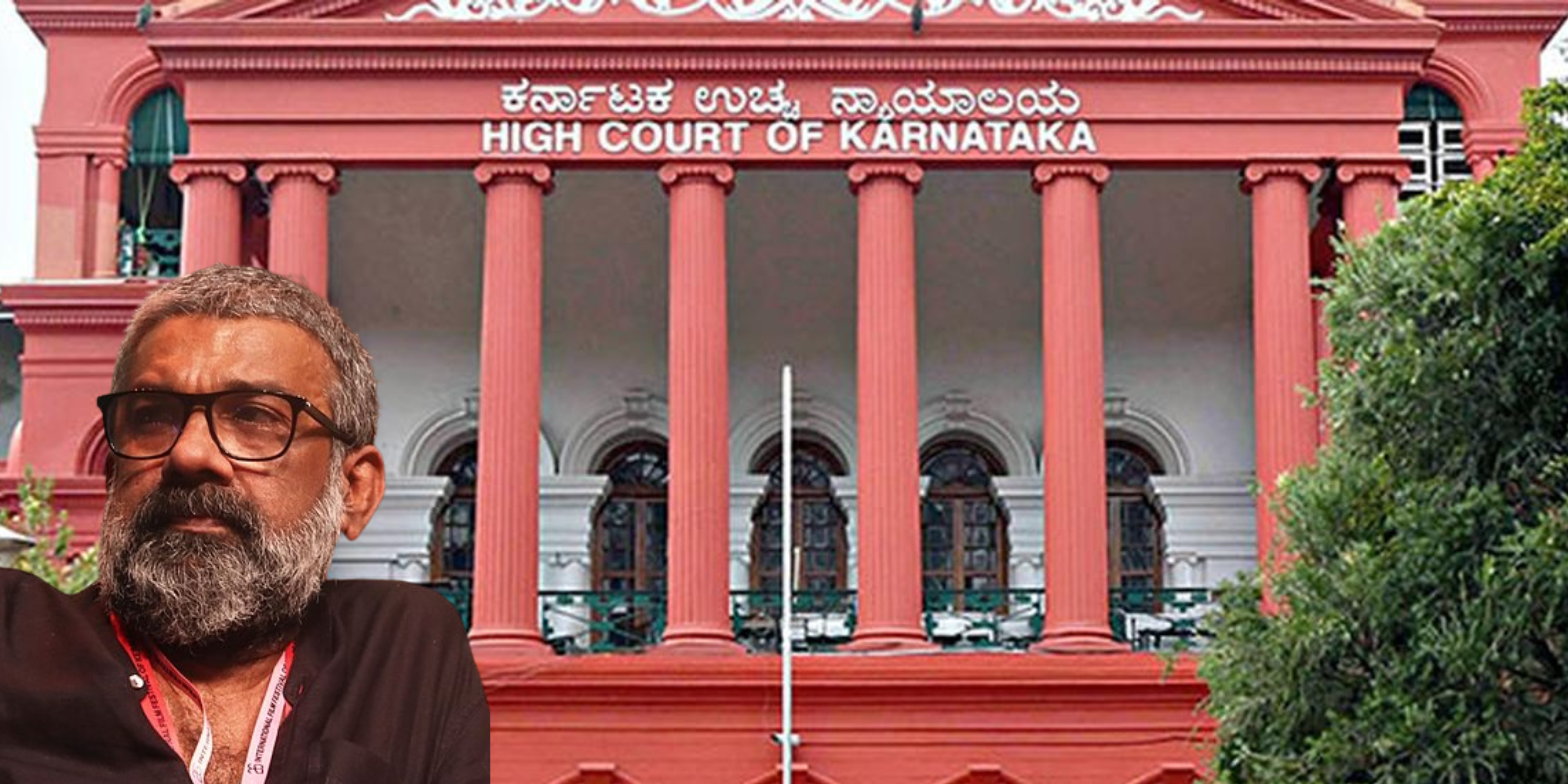

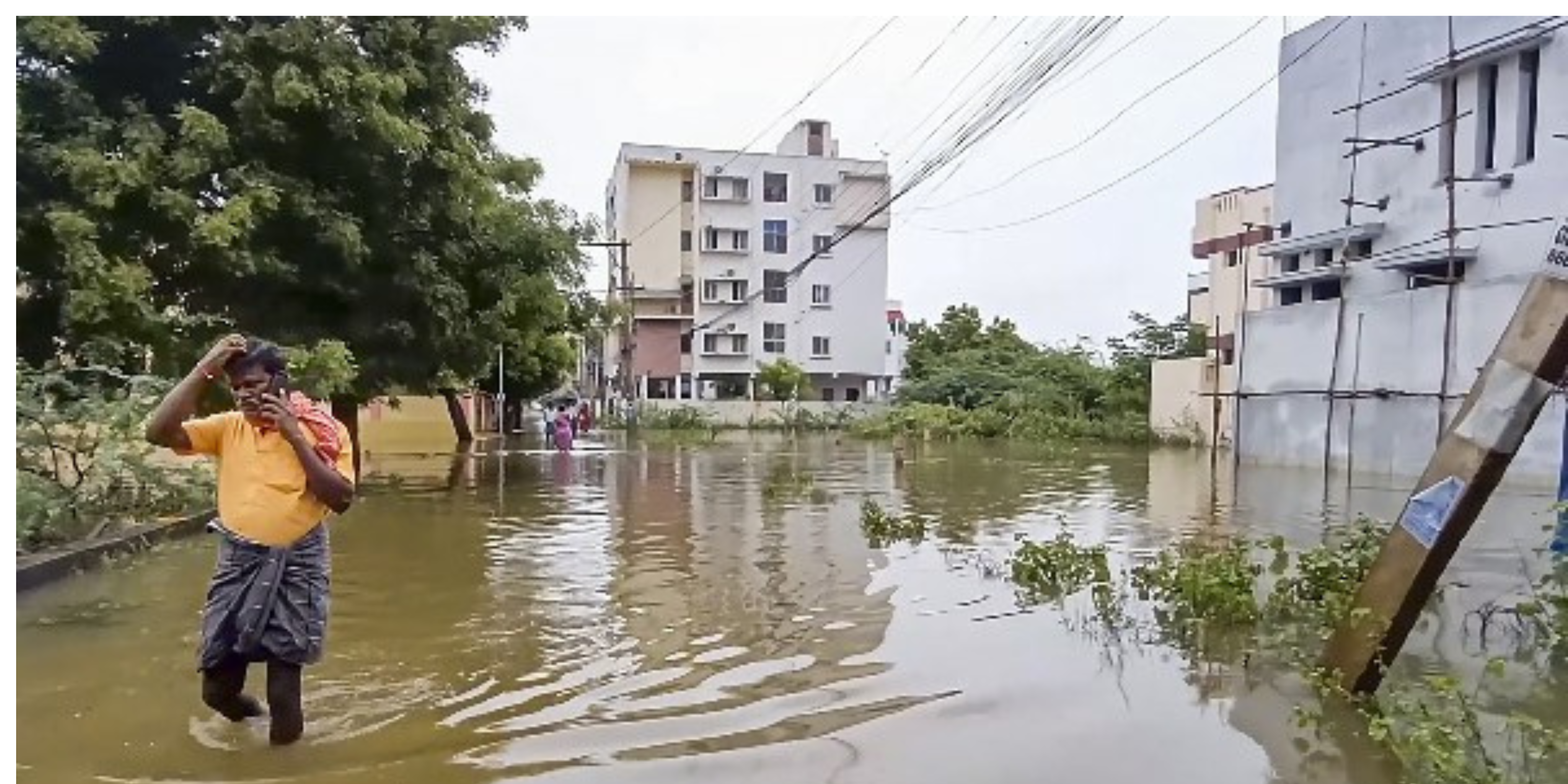
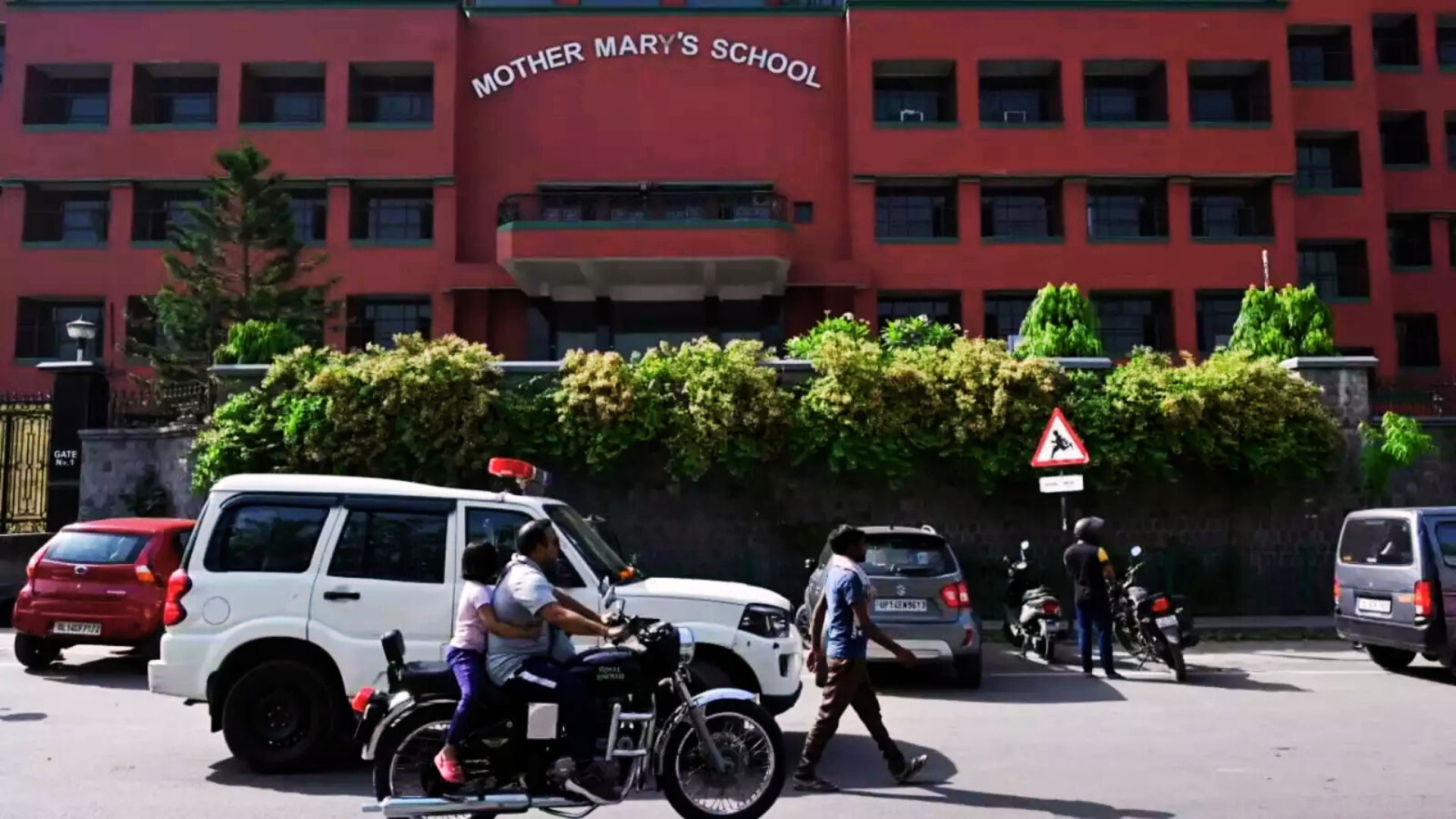



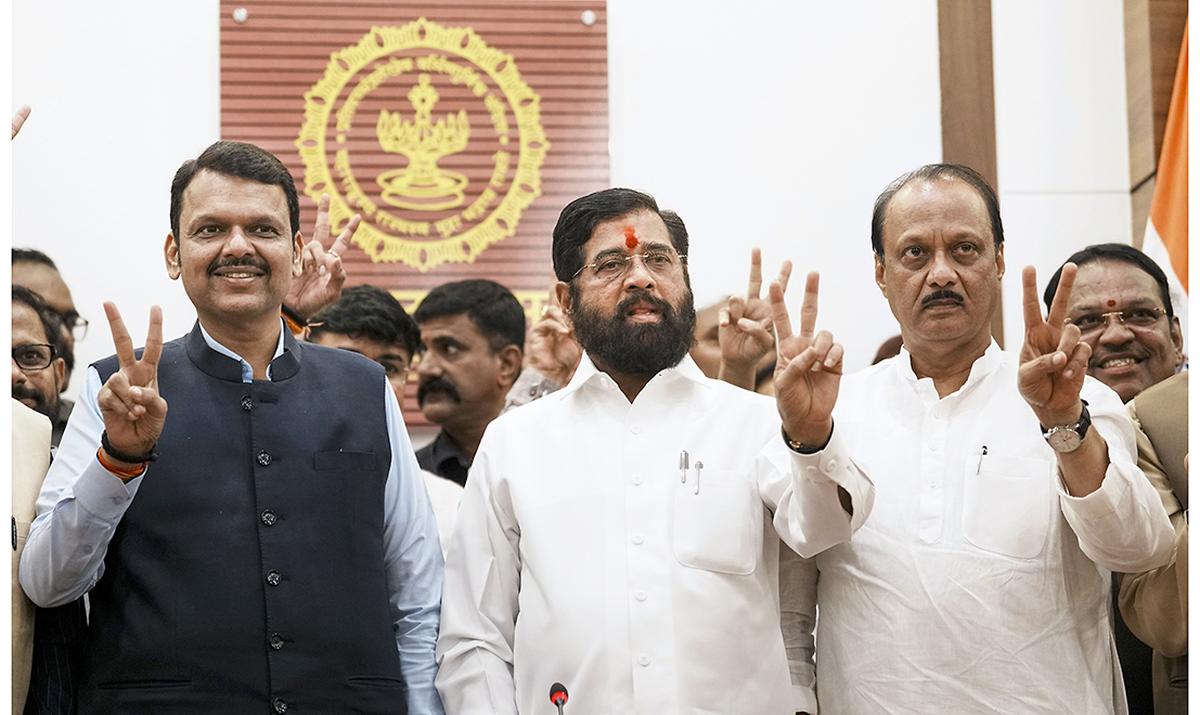
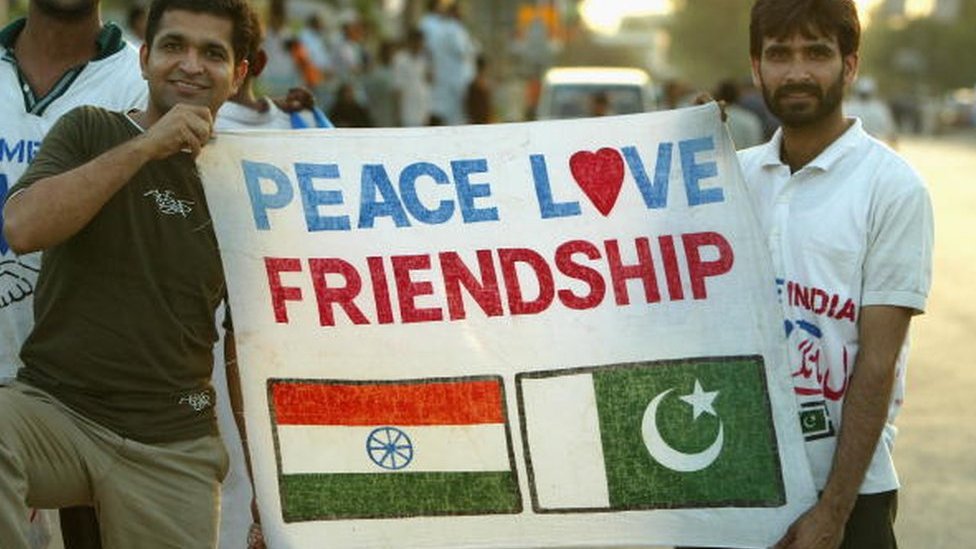
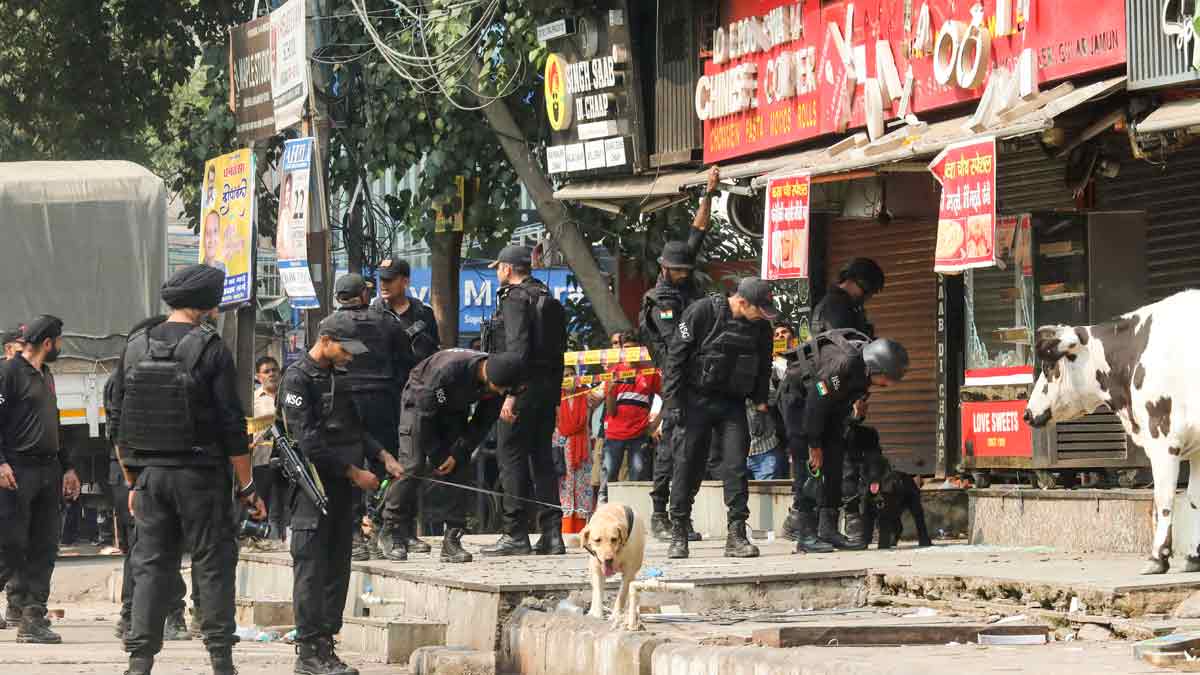
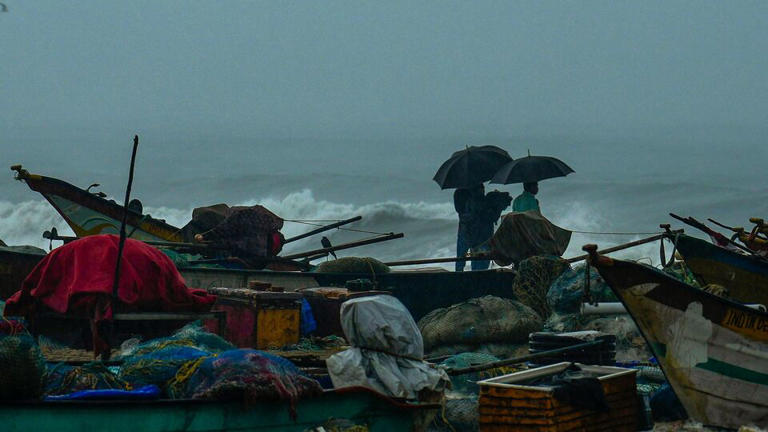


.png)
 (1).png)





